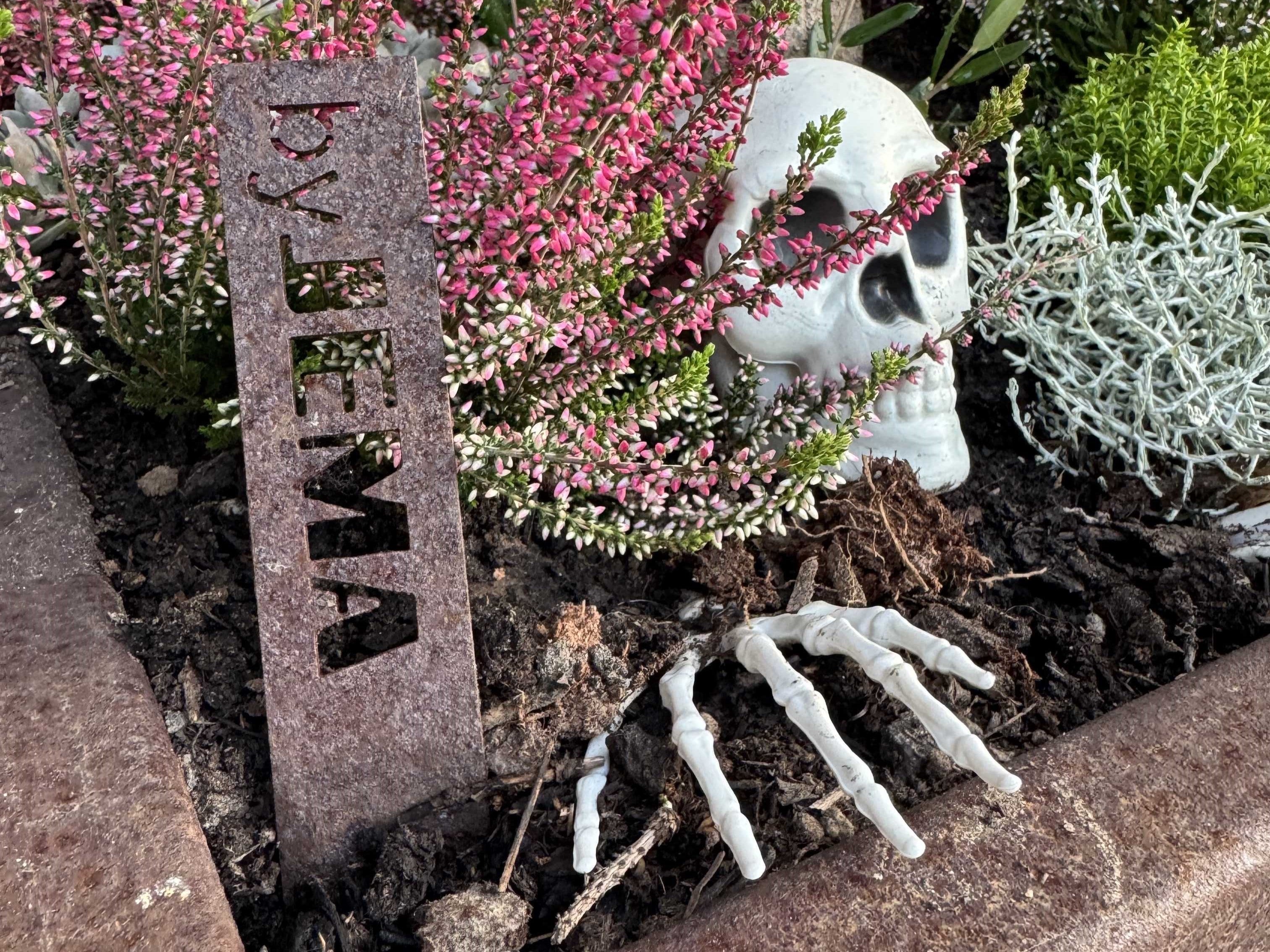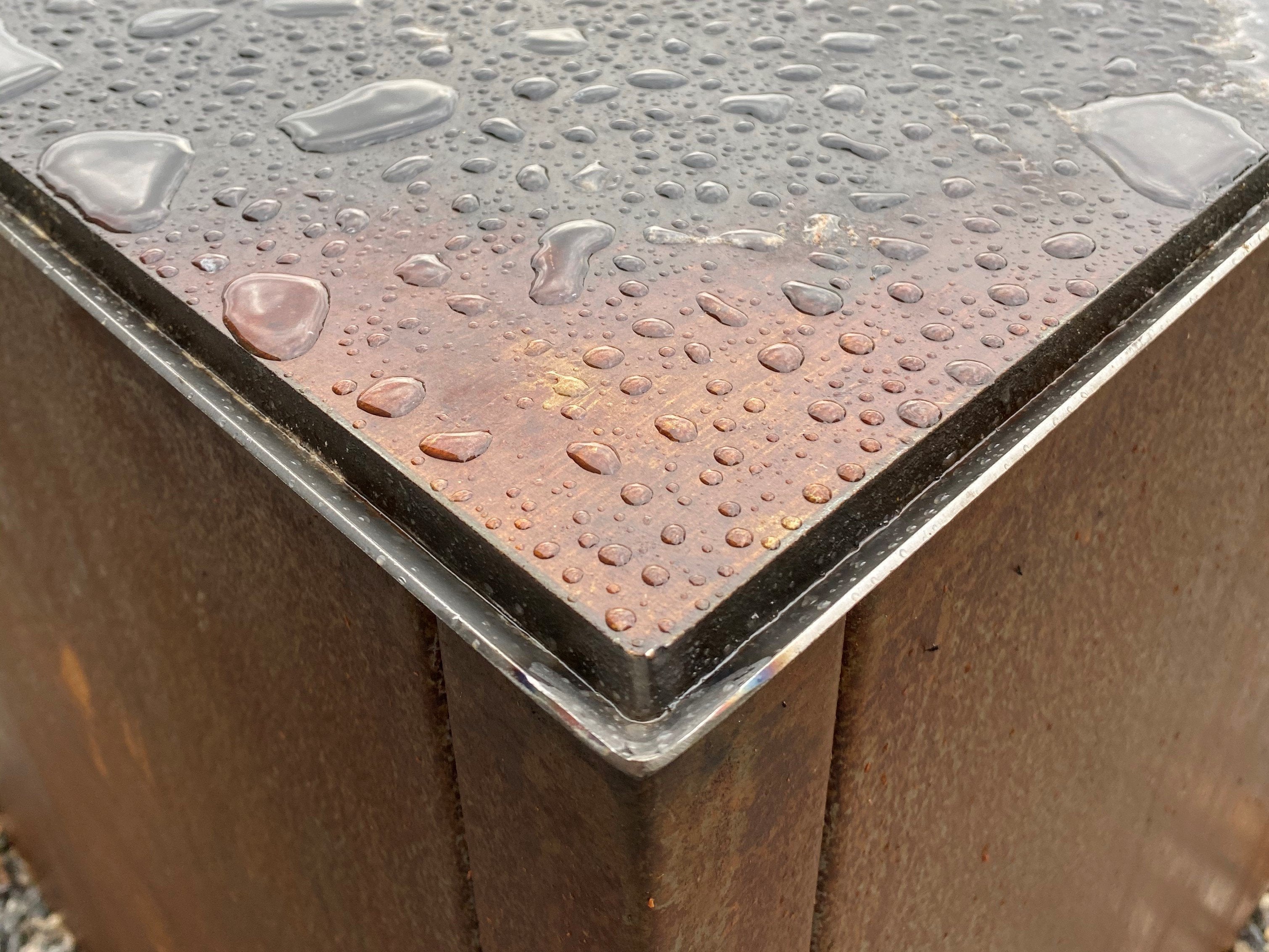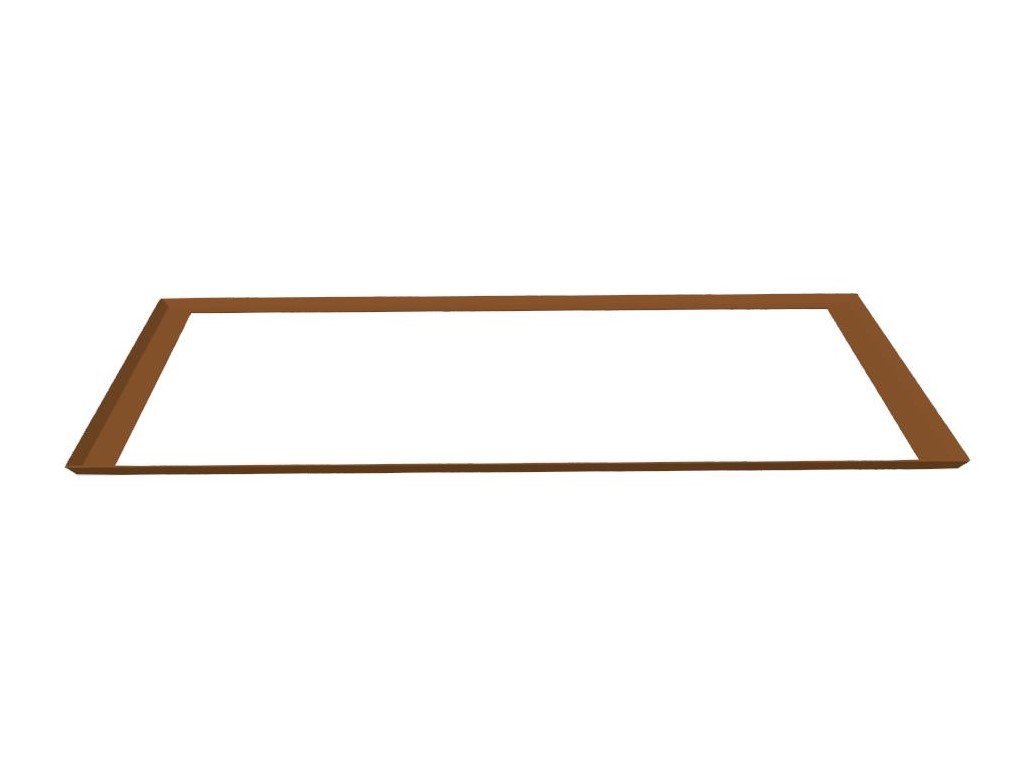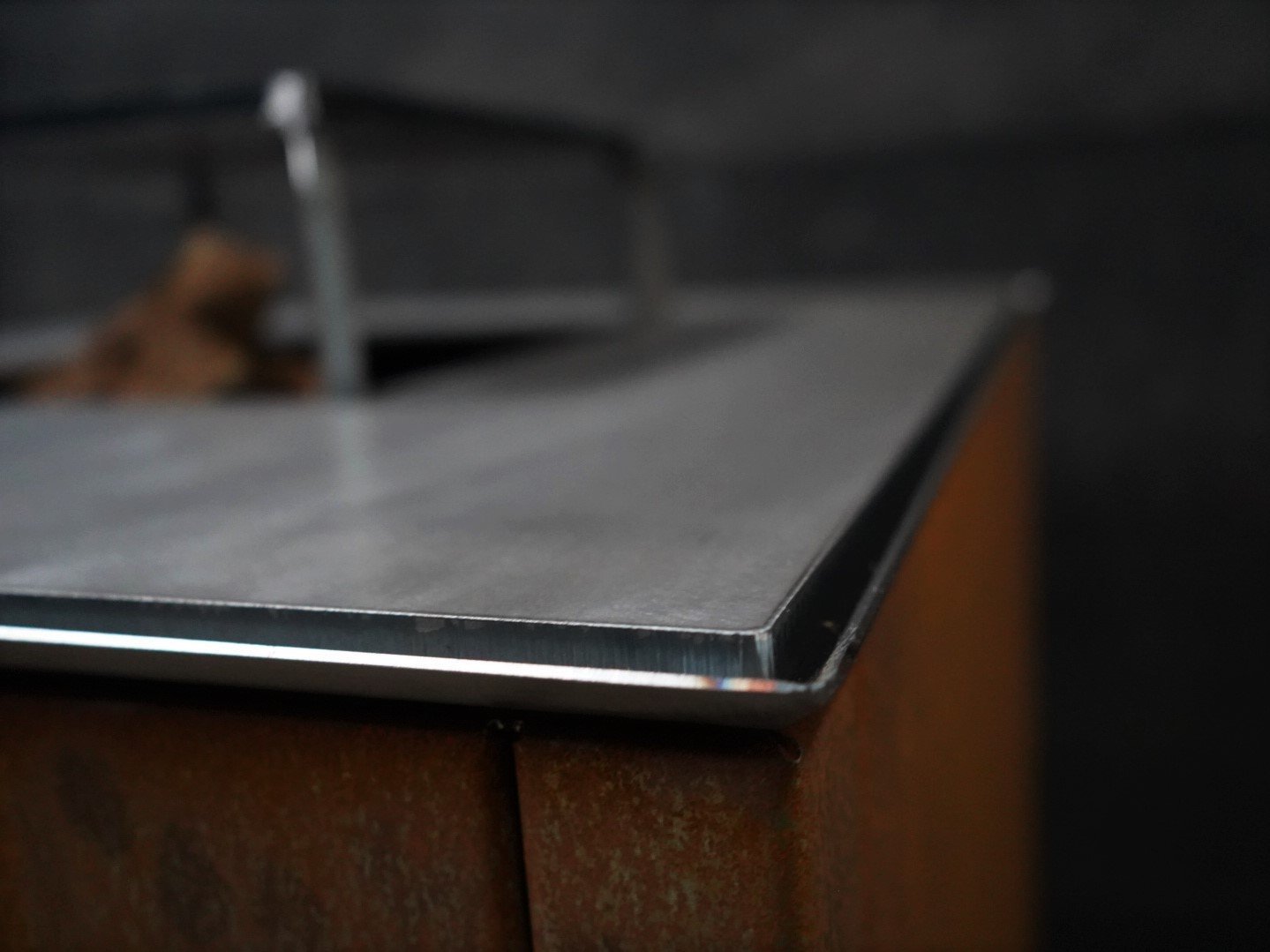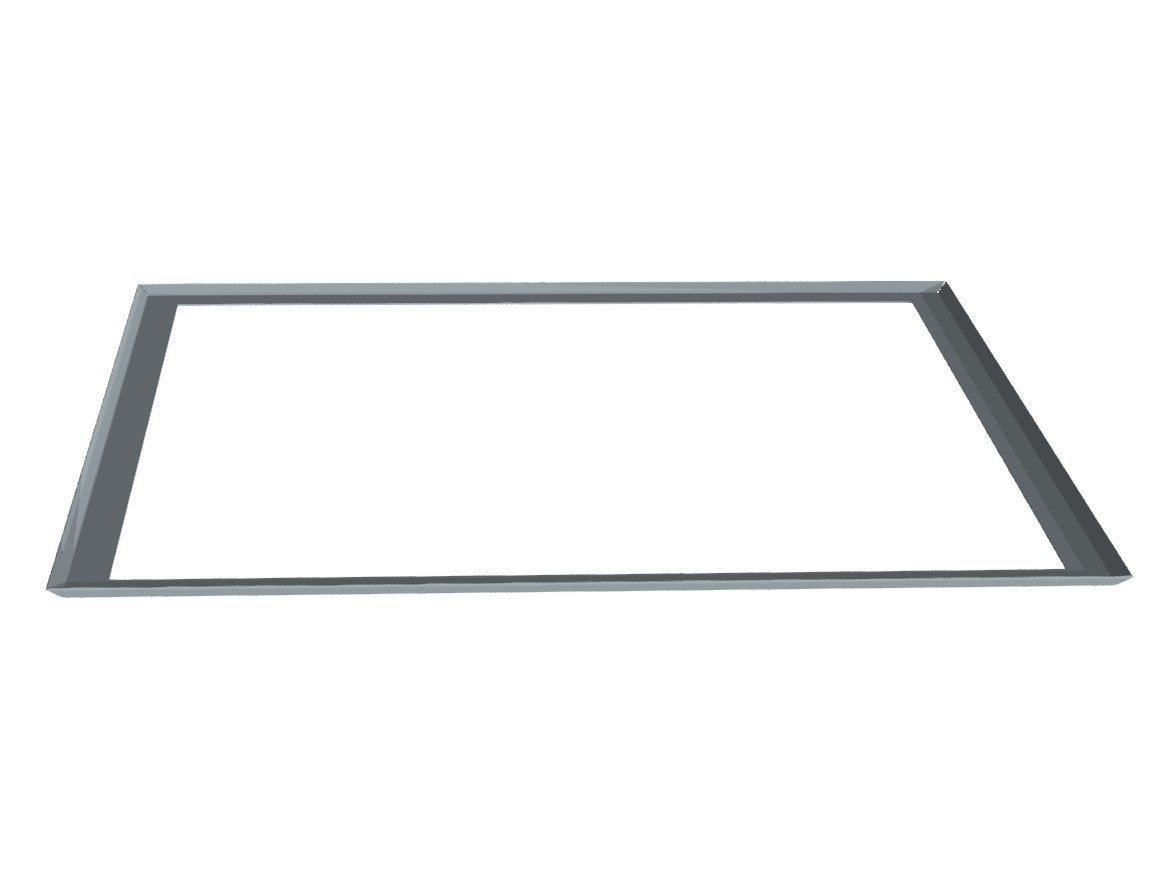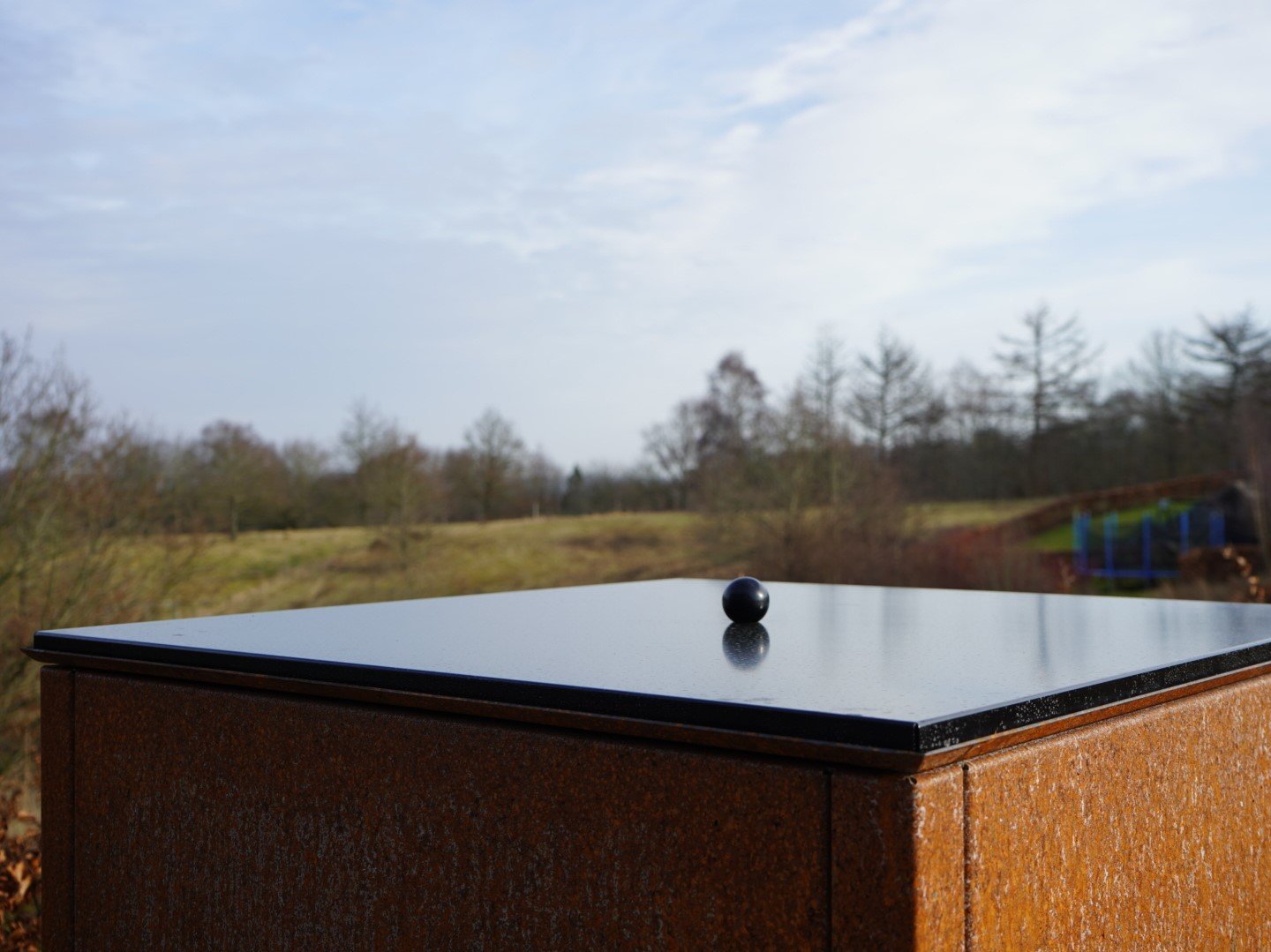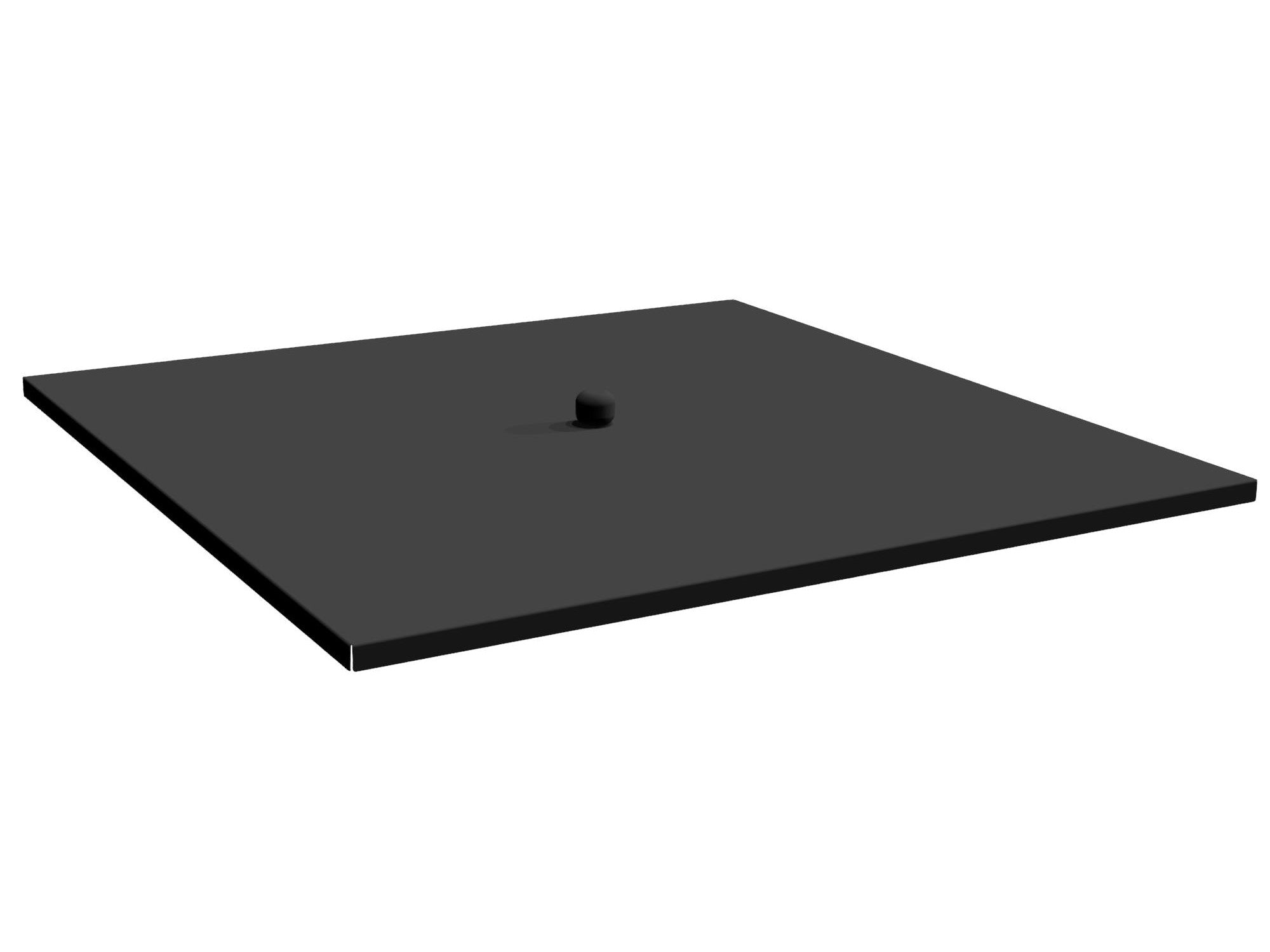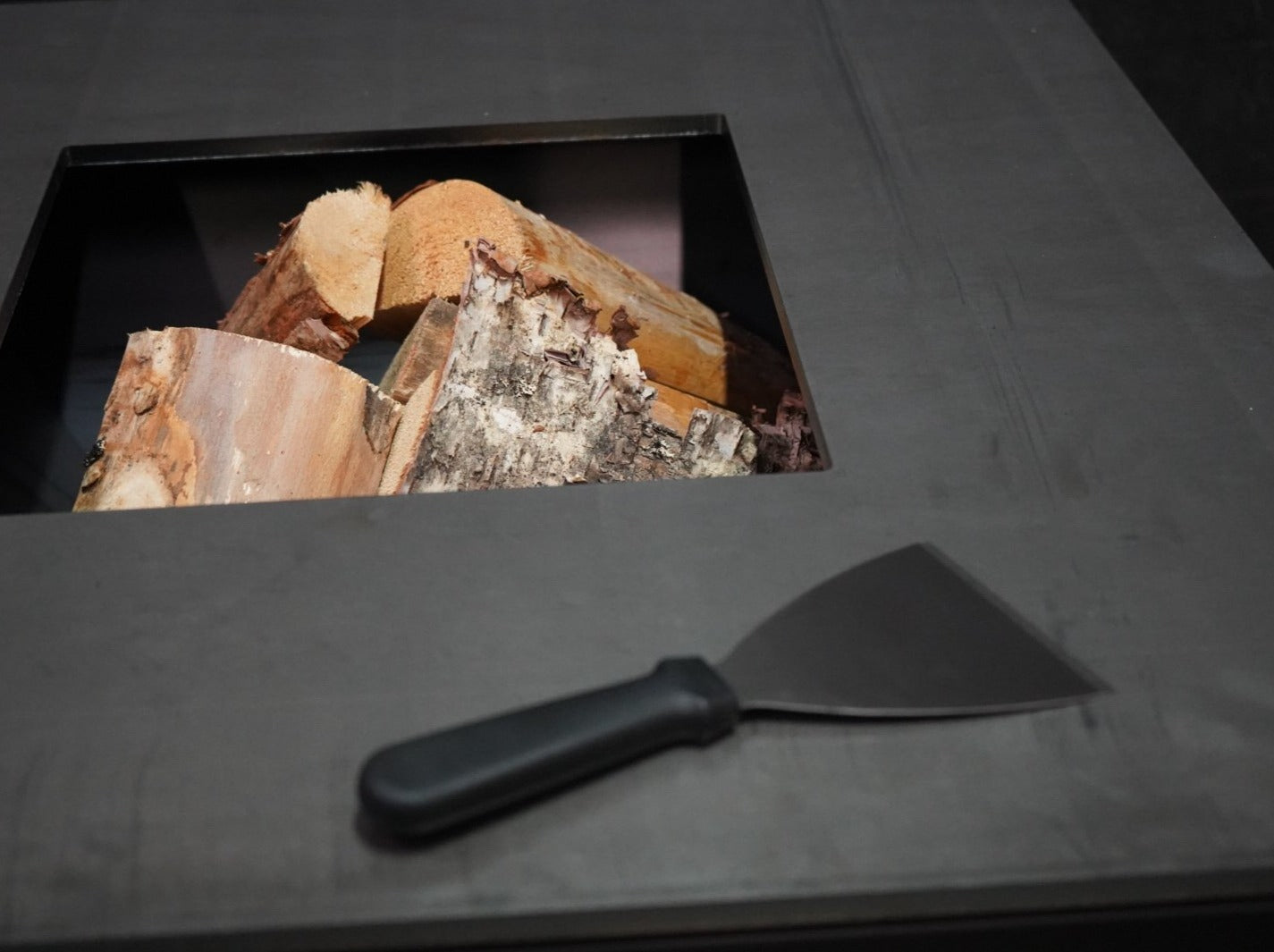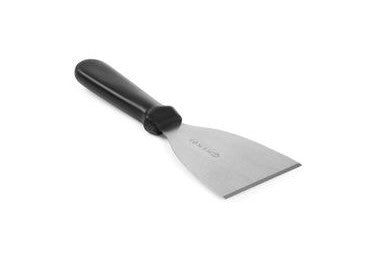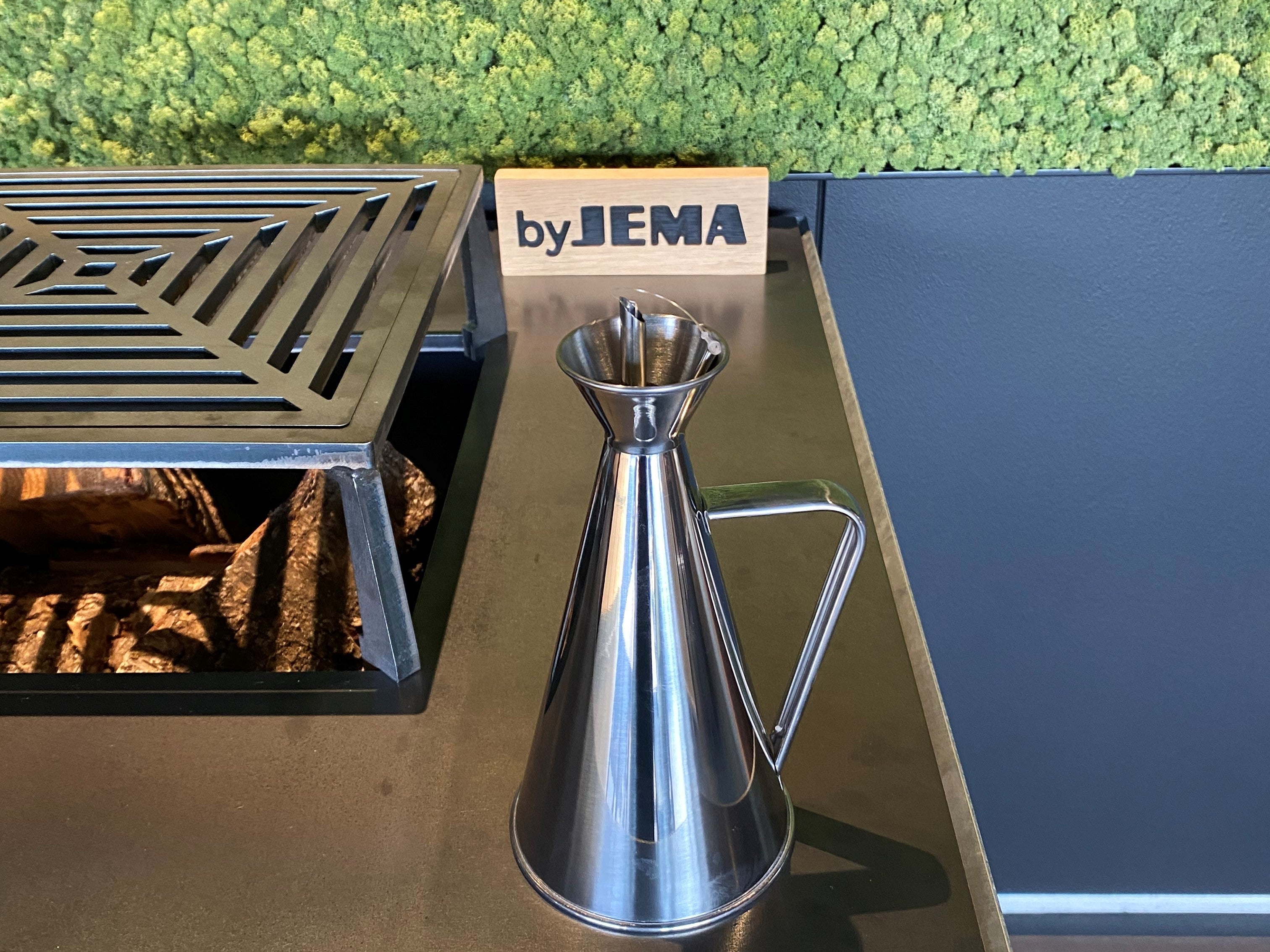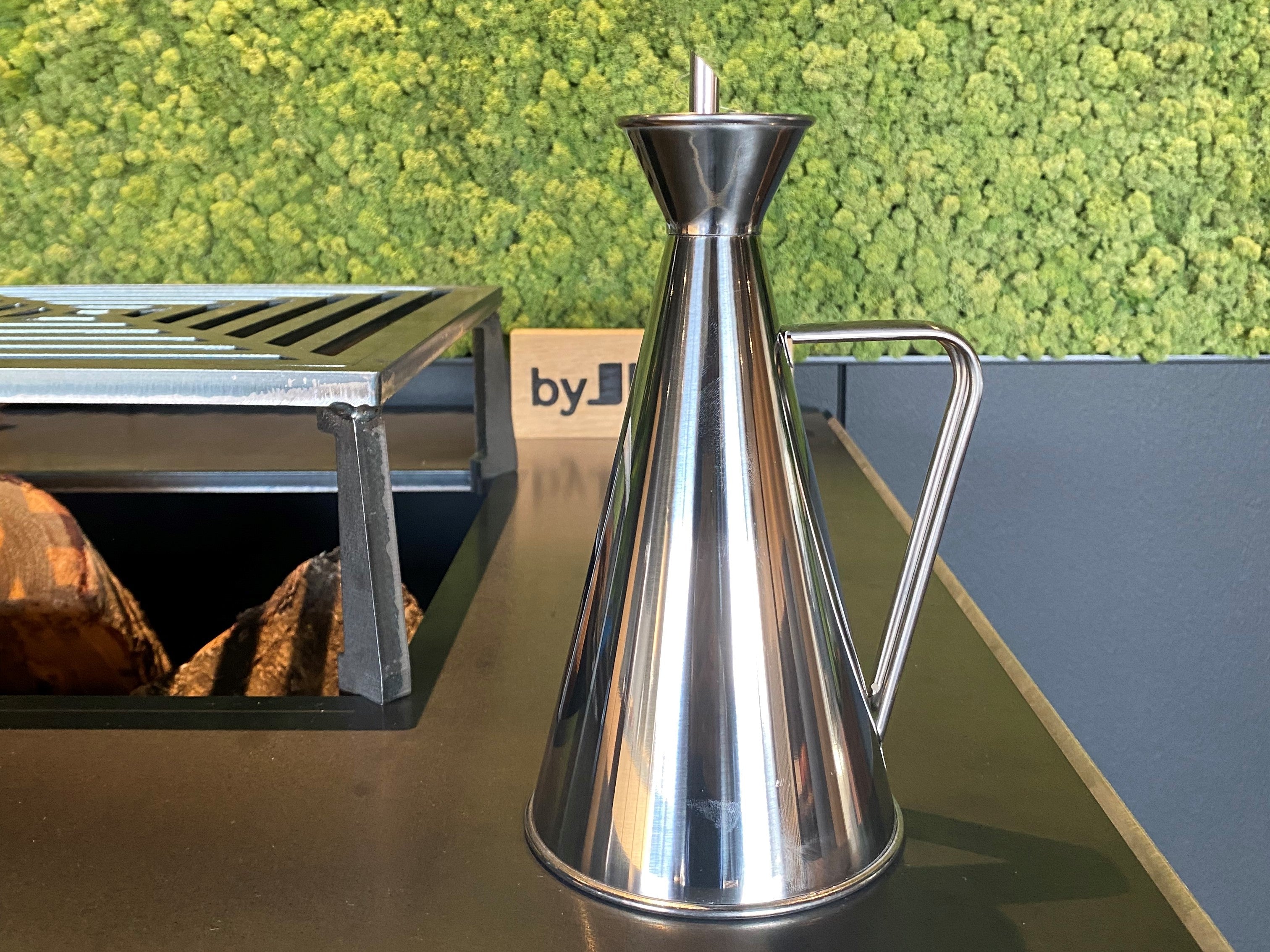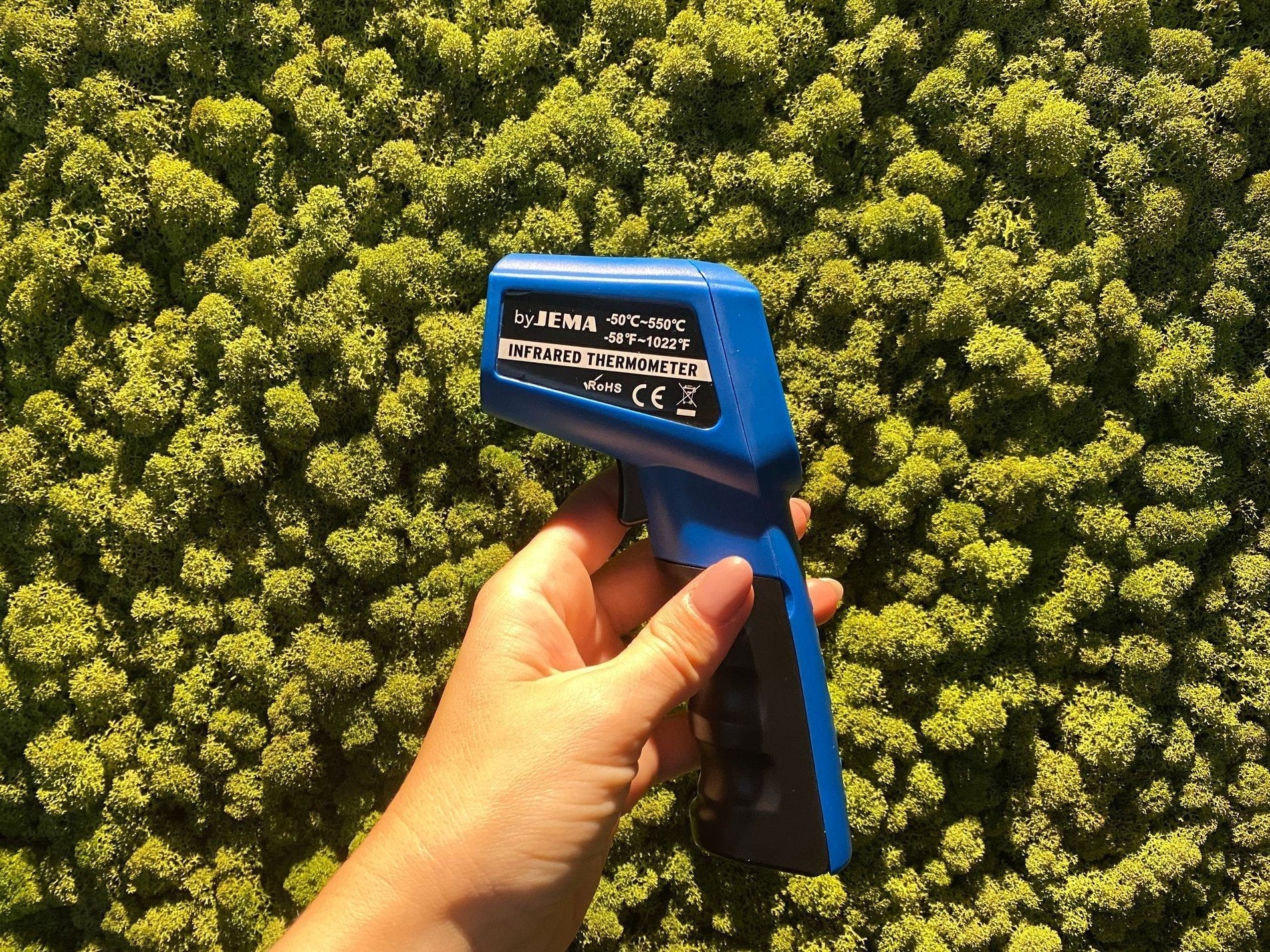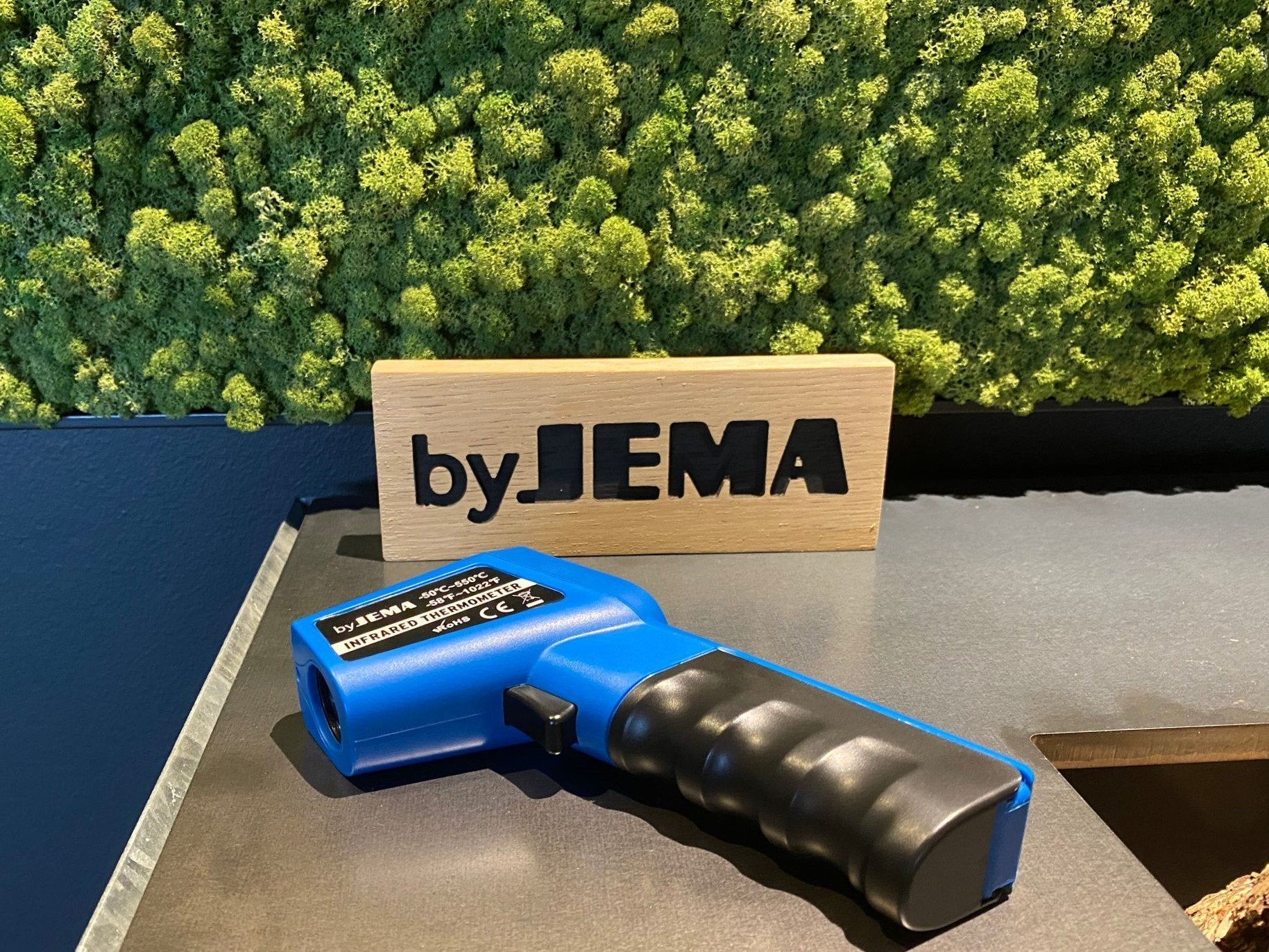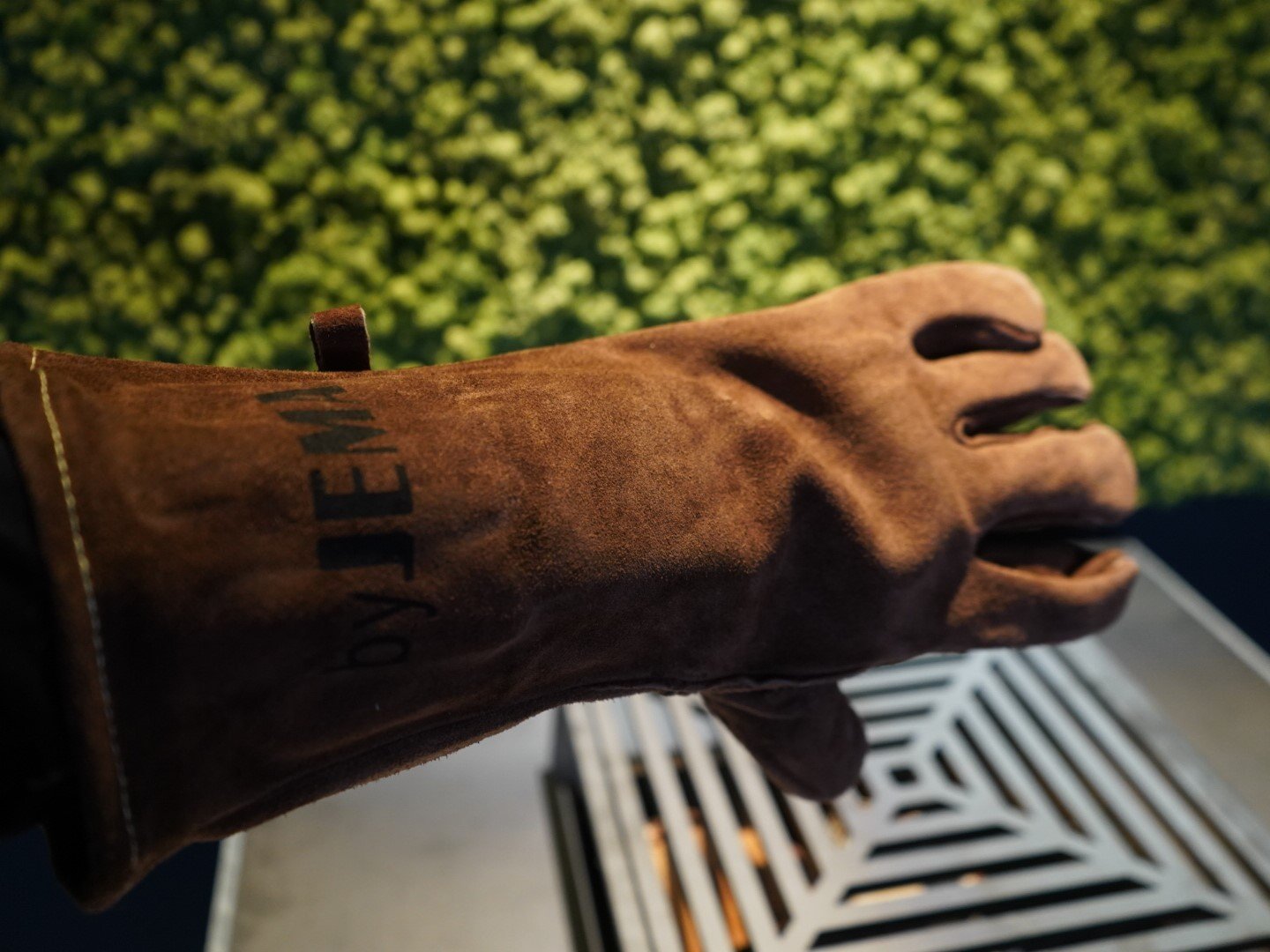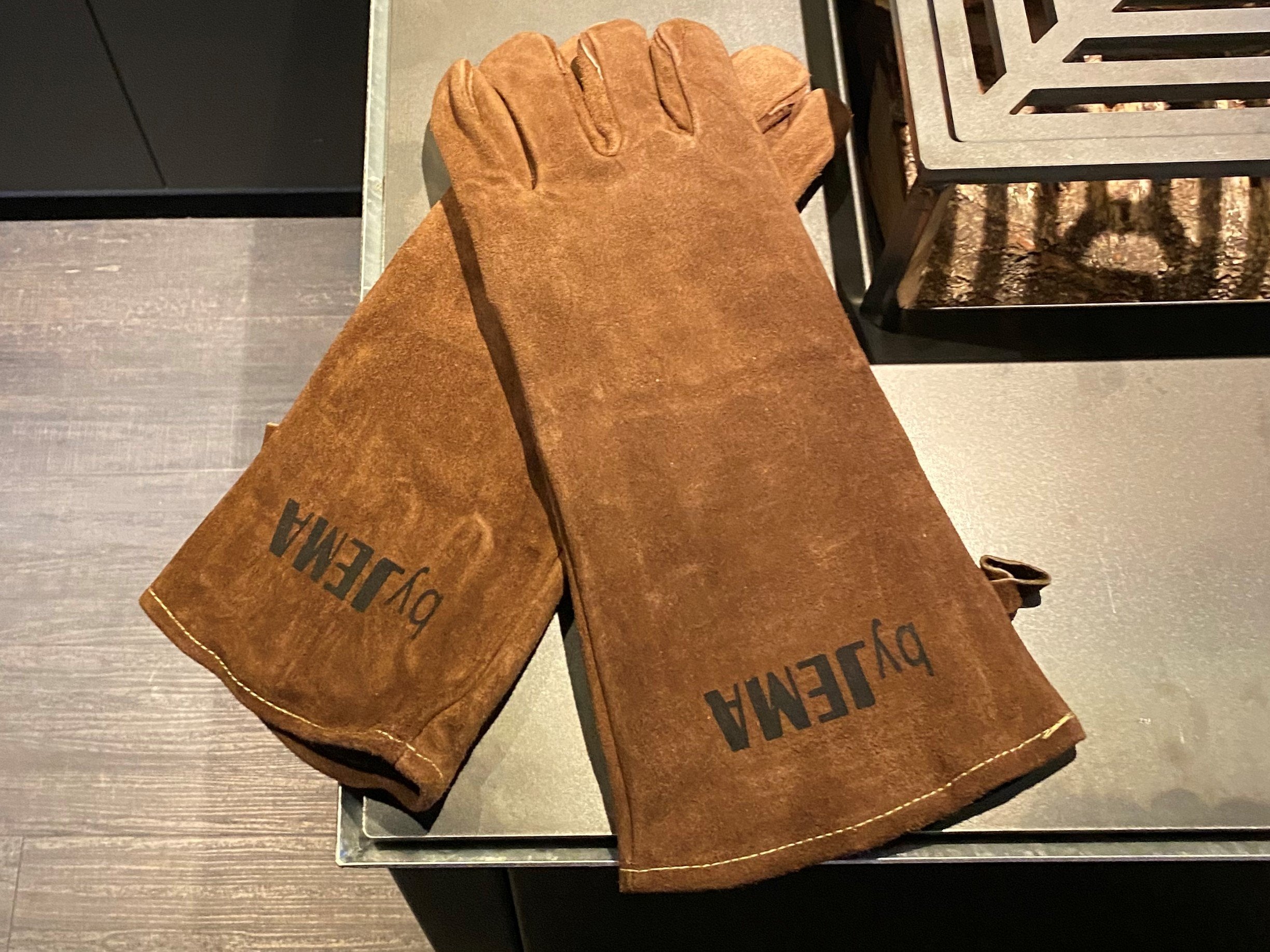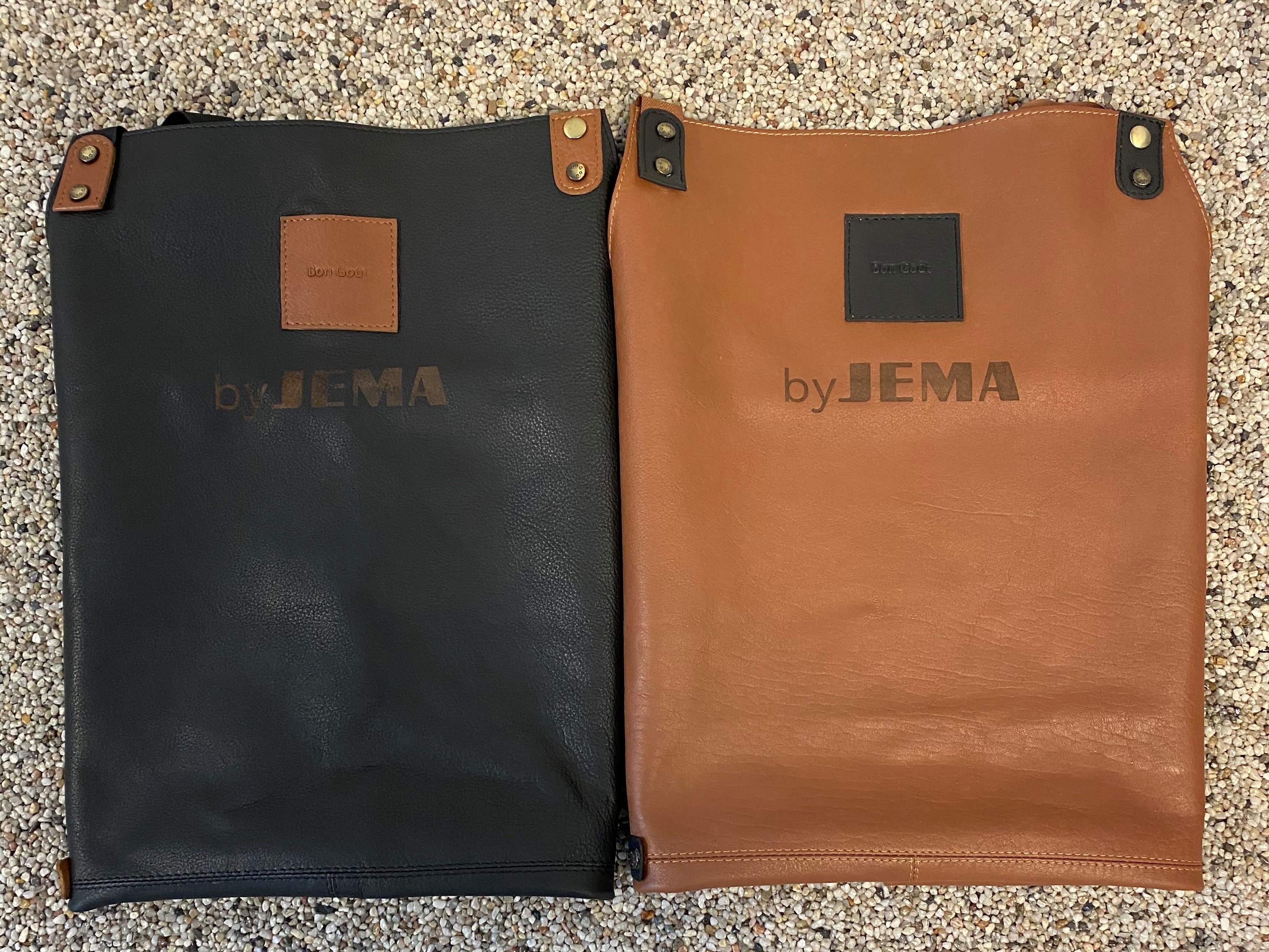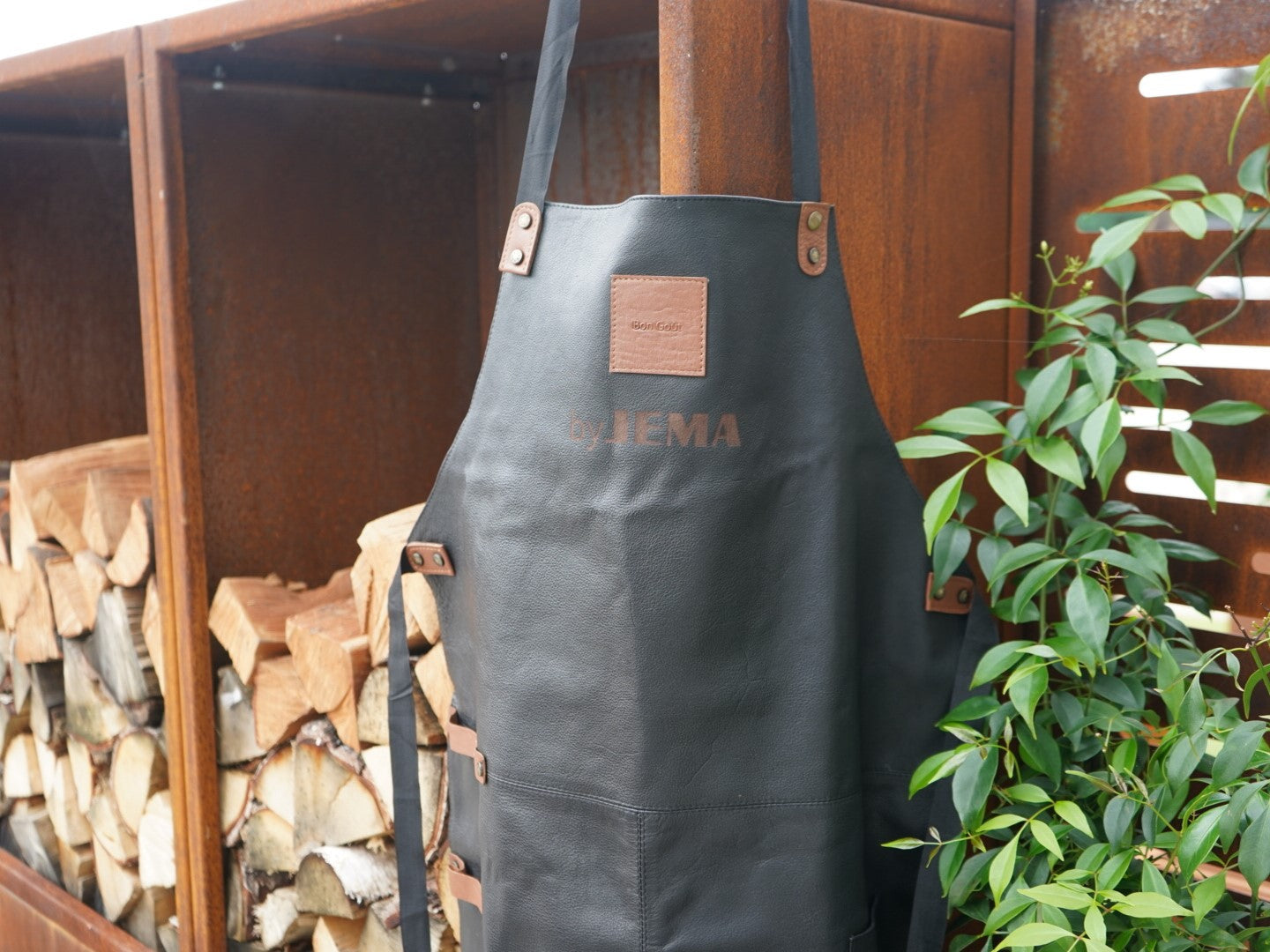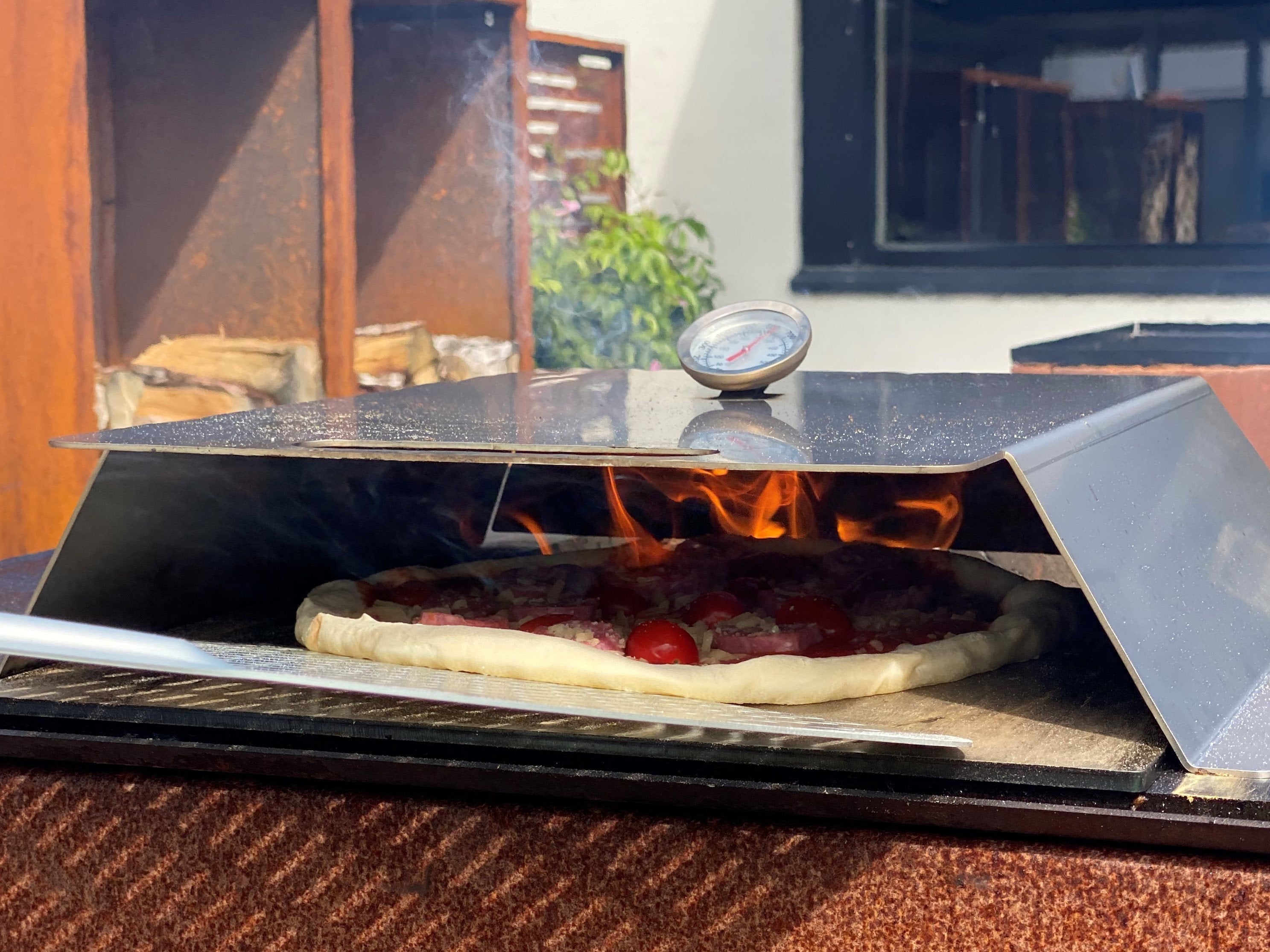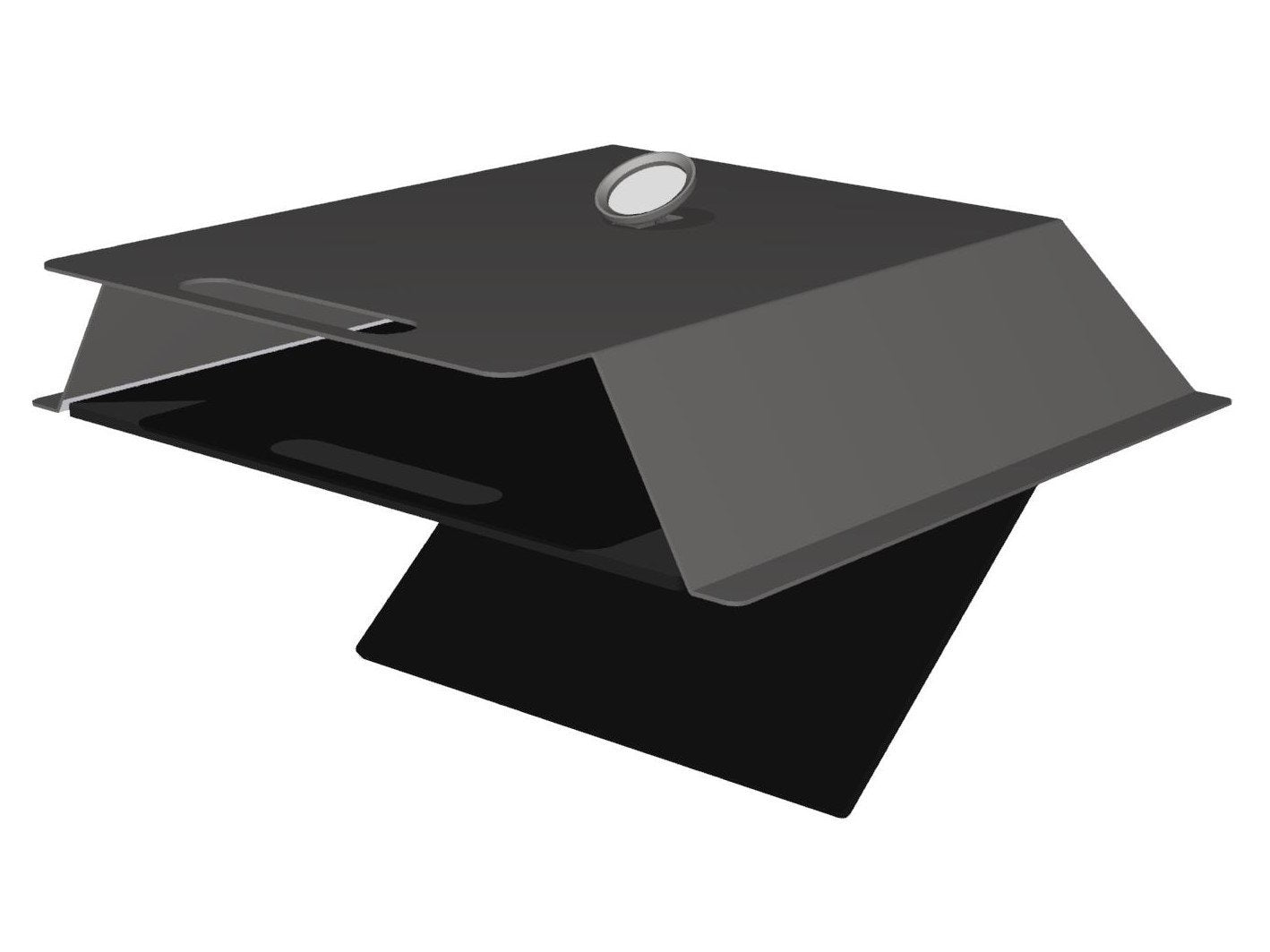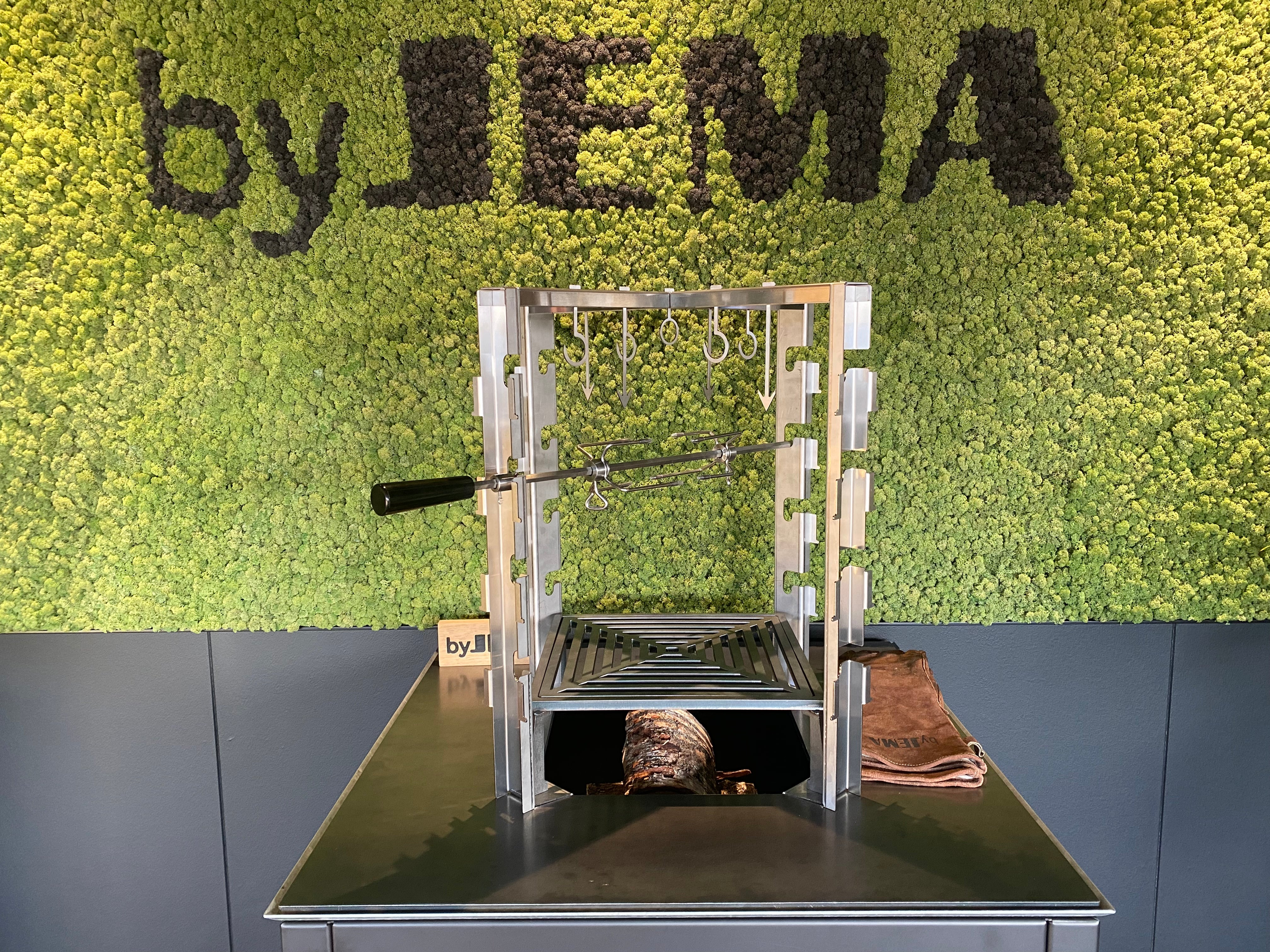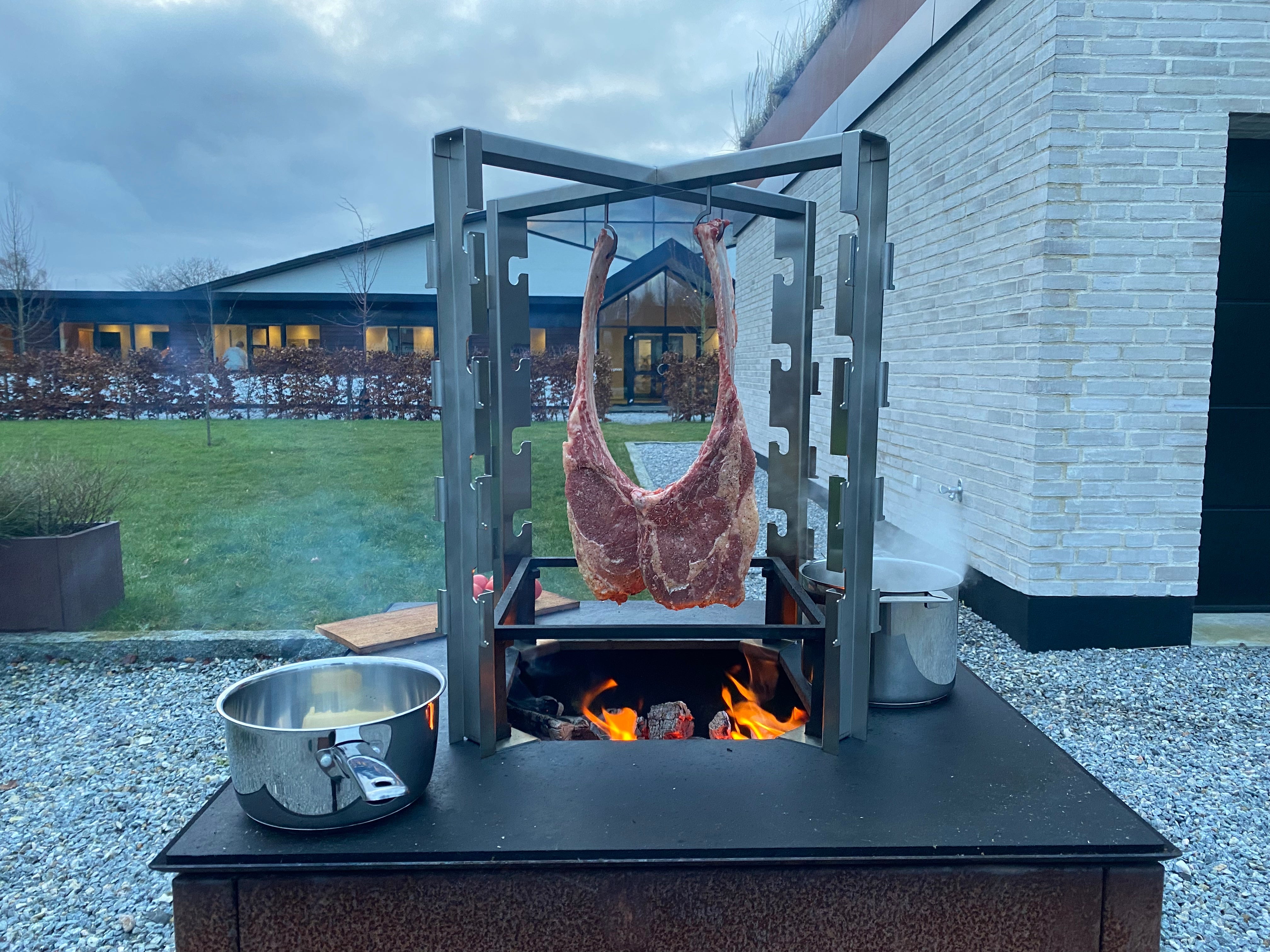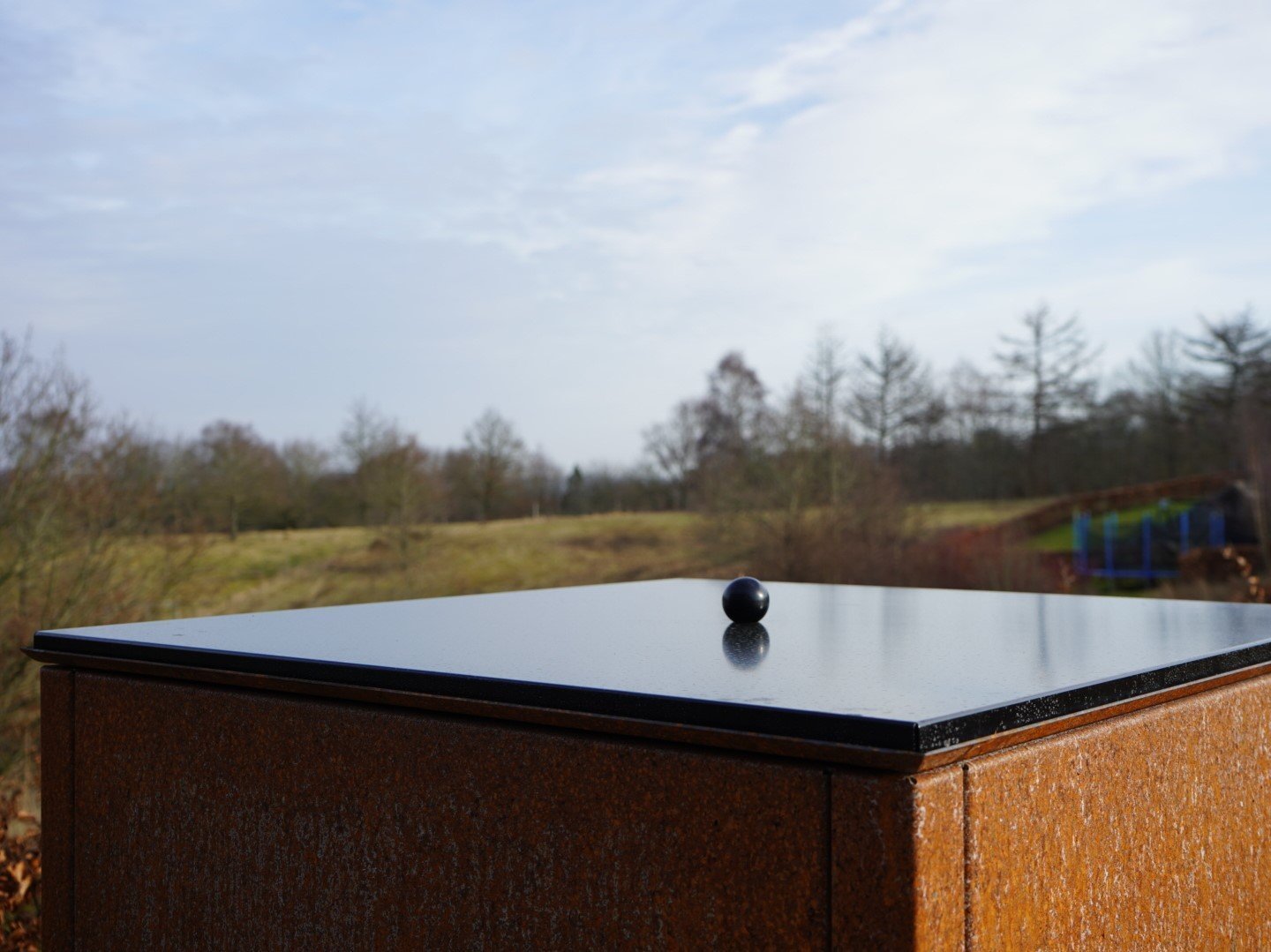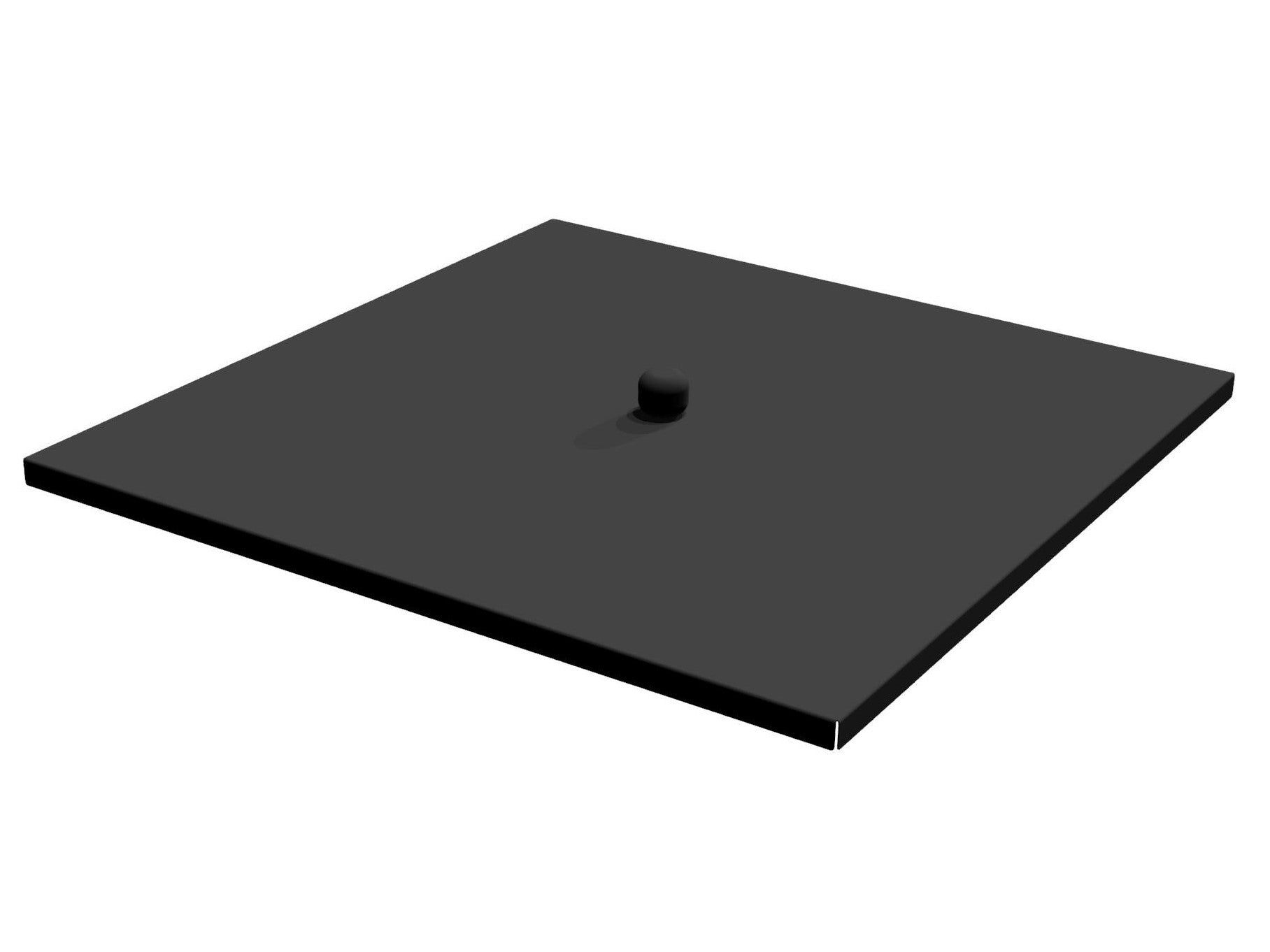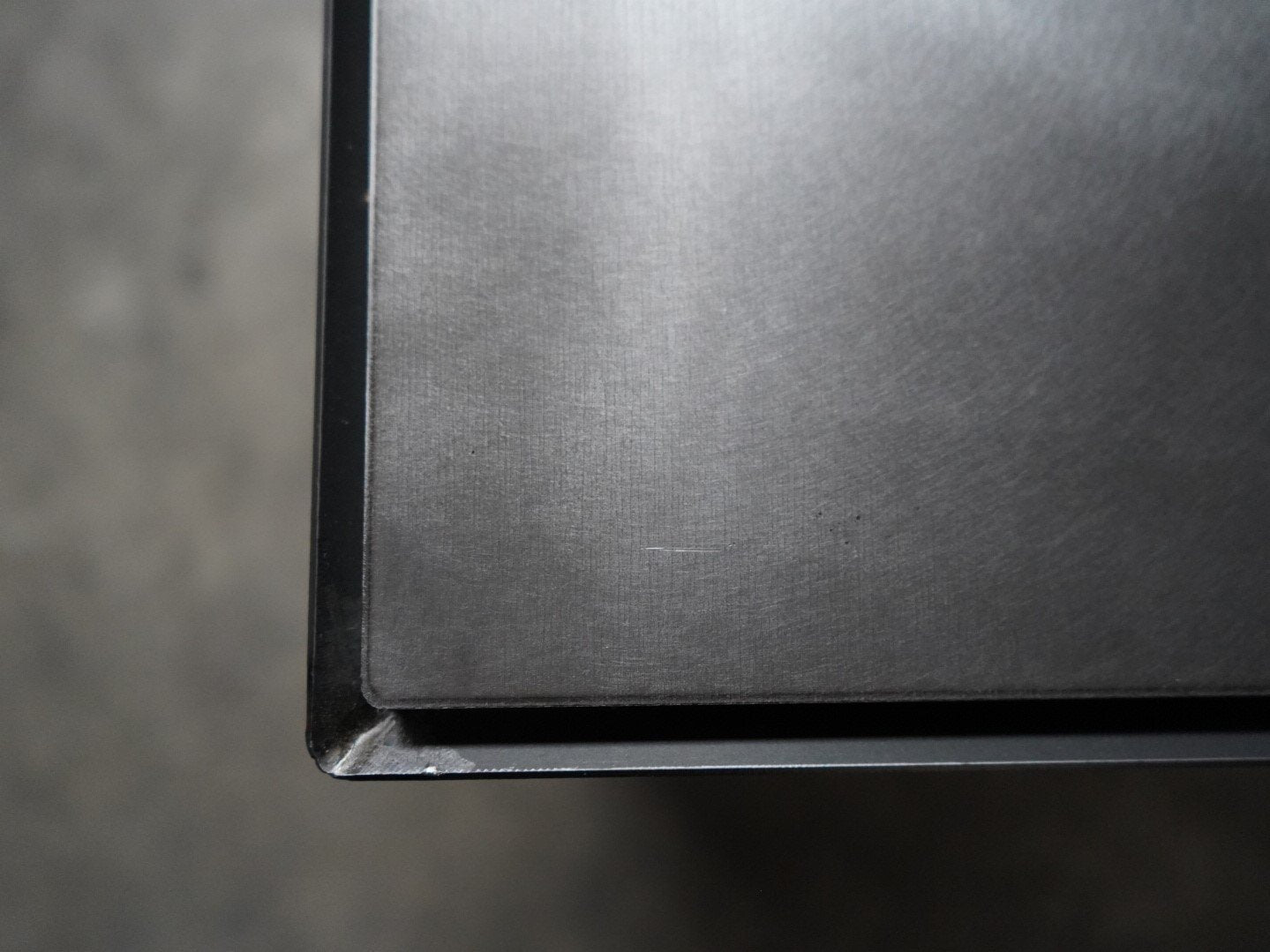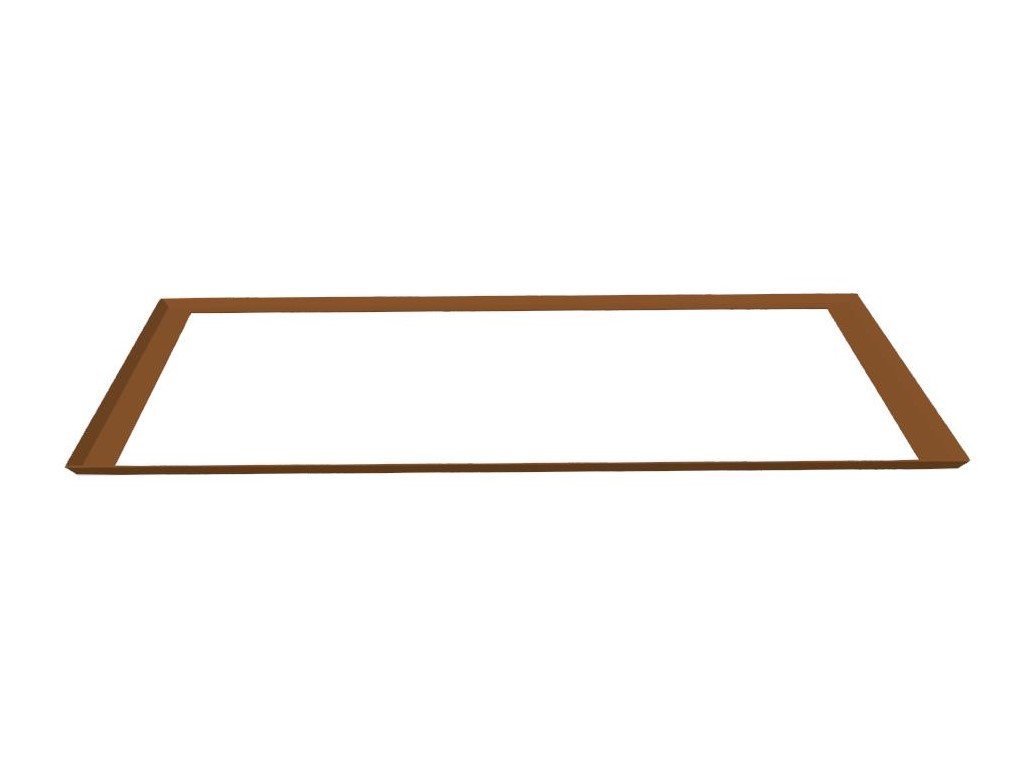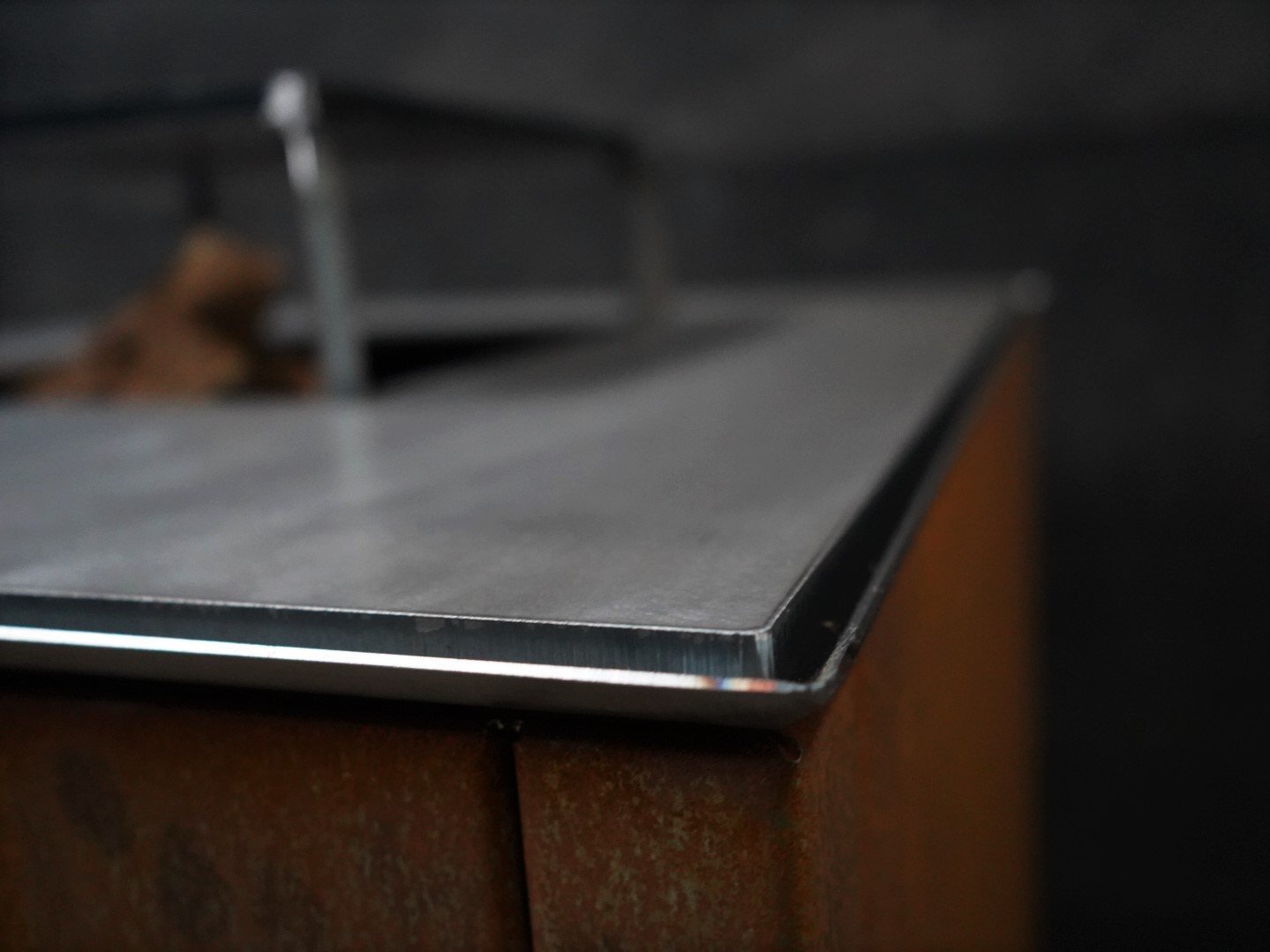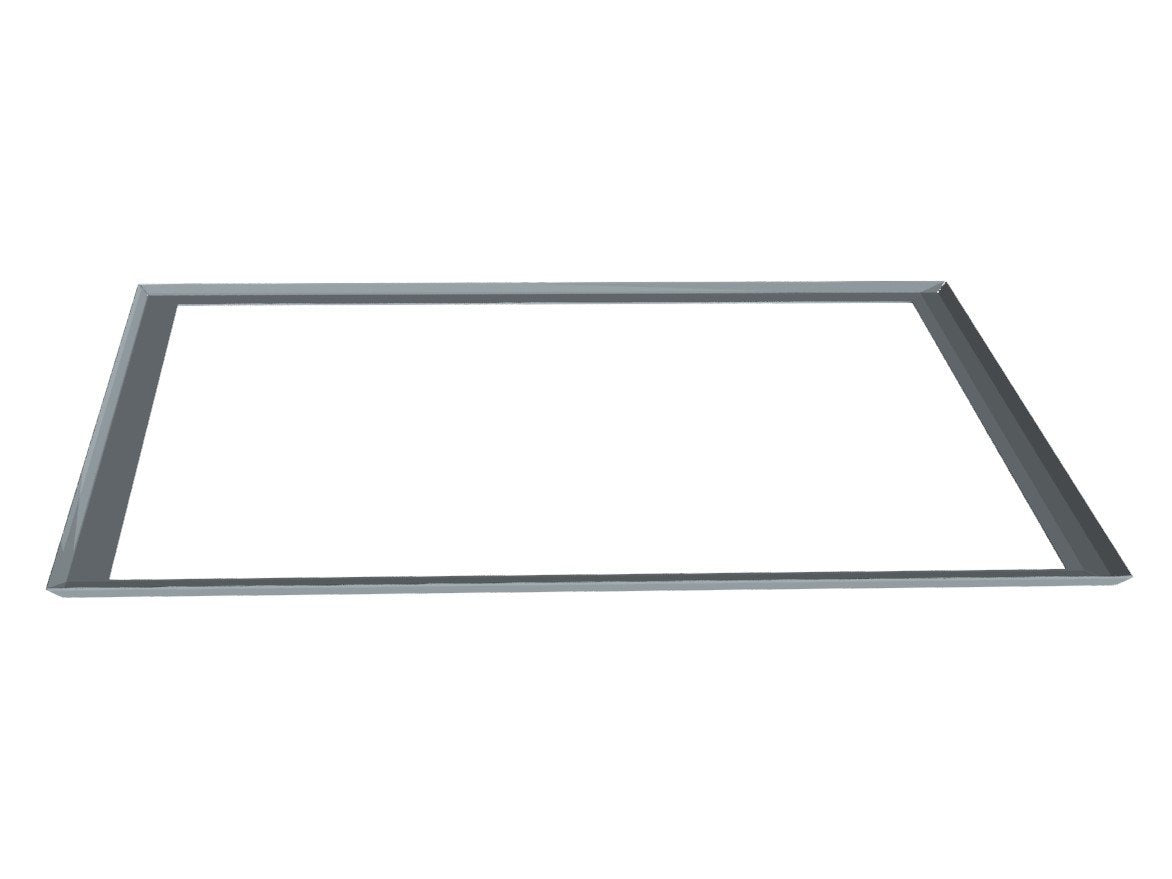byJEMA univers - inspiration
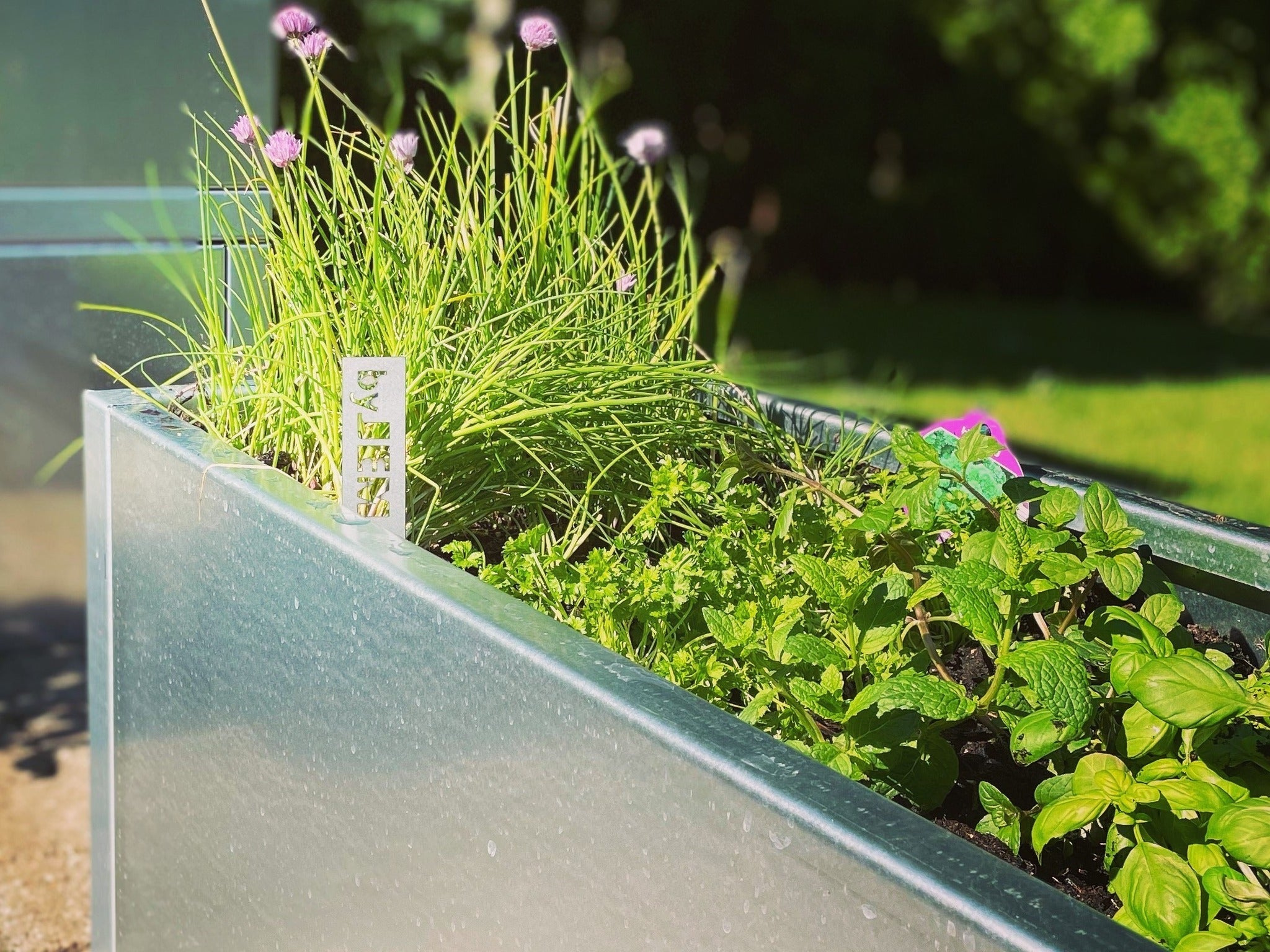
How to easily get your raised bed ready for winter
The cold and dark of autumn doesn't mean that gardening is over. To ensure your raised beds are ready for spring, a little extra effort is required this autumn. At byJEMA, where we specialise in ra...
Read more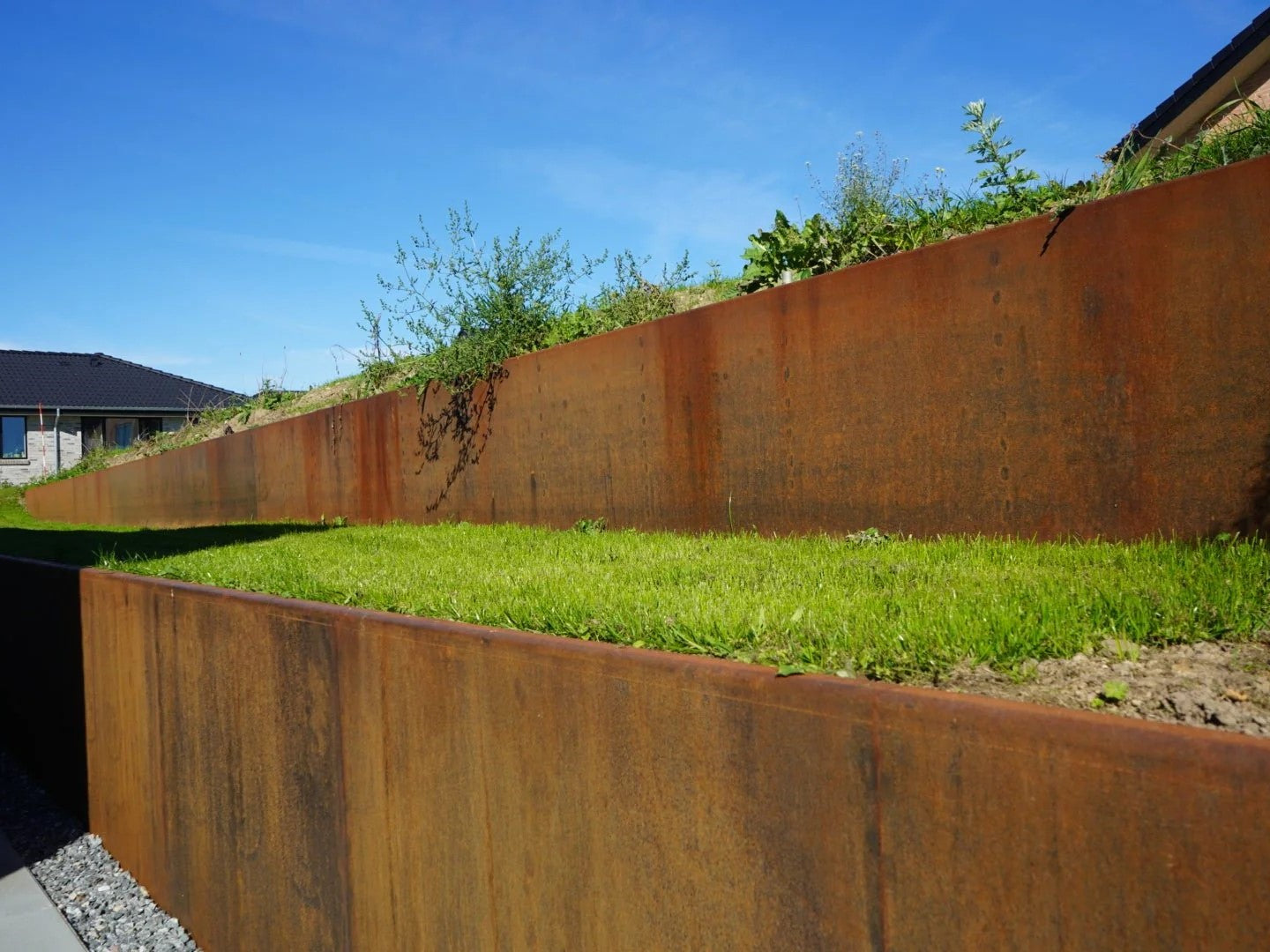
Multi-level planting is a great way to optimise the space in your garden. By using planters of different heights or creating multiple levels with retaining walls, you can create a beautiful and dyn...
Read more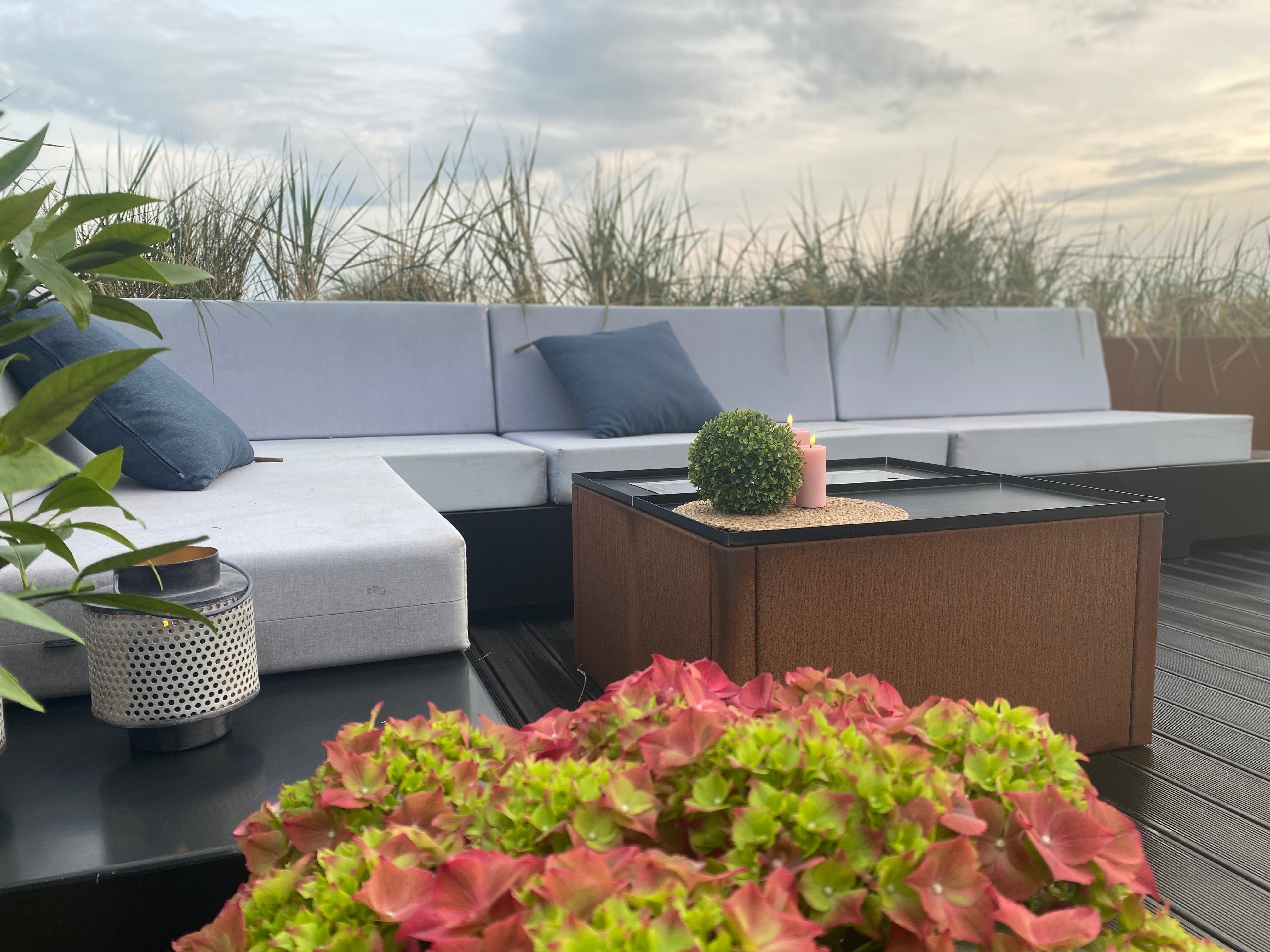
3 tips for creating a lounge on the terrace
Summer is upon us and it's time to enjoy the long, bright days and warm evenings on the terrace. To help you create the perfect outdoor lounge, we're sharing our top 3 tips for creating a patio lou...
Read more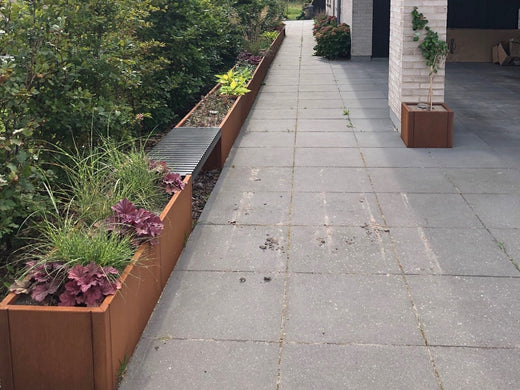
For Michelle and Daniel, garden architect Lone Skjødt from Grønne Glimt transformed an ordinary driveway into an impressive and inviting arrival. Using a variety of plants and materials, she create...
Read more
6 steps to get your garden ready for spring
The light is back, the temperature is rising and it's tempting to get out into the garden. Get our top tips to get your garden ready for spring. Tidy up your garden The garden needs a good s...
Read more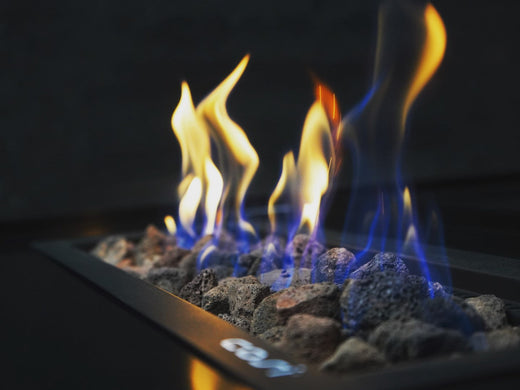
Gas fireplace and lounge tables
At byJEMA, we take pride in manufacturing all our products locally in our own factory. This allows us to continuously monitor quality and implement improvements based on direct feedback from our cu...
Read more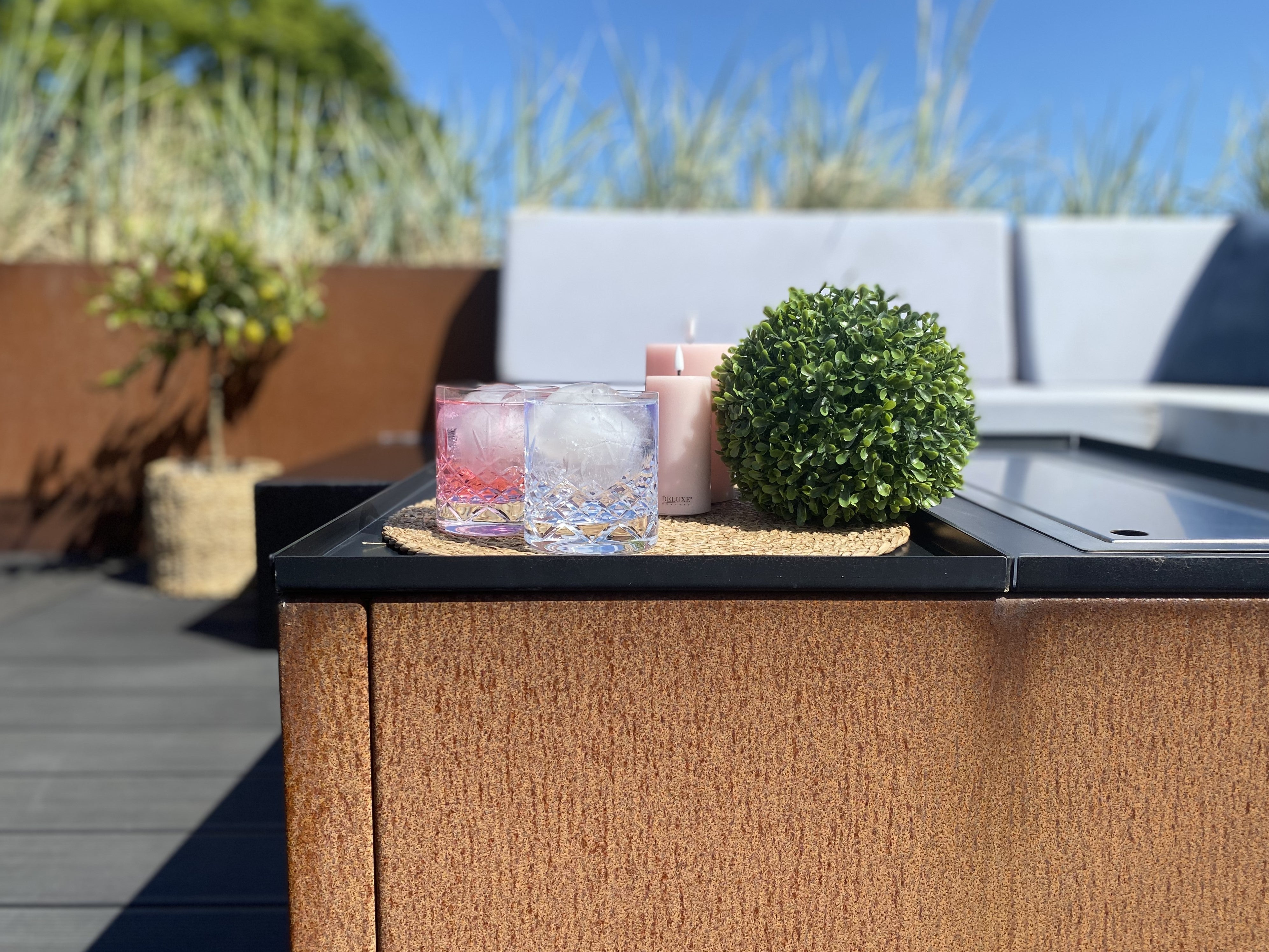
Choosing garden furniture is an important decision for your home and your comfort. When you choose byJEMA's Corten steel or galvanised steel garden furniture, you're investing in much more than jus...
Read more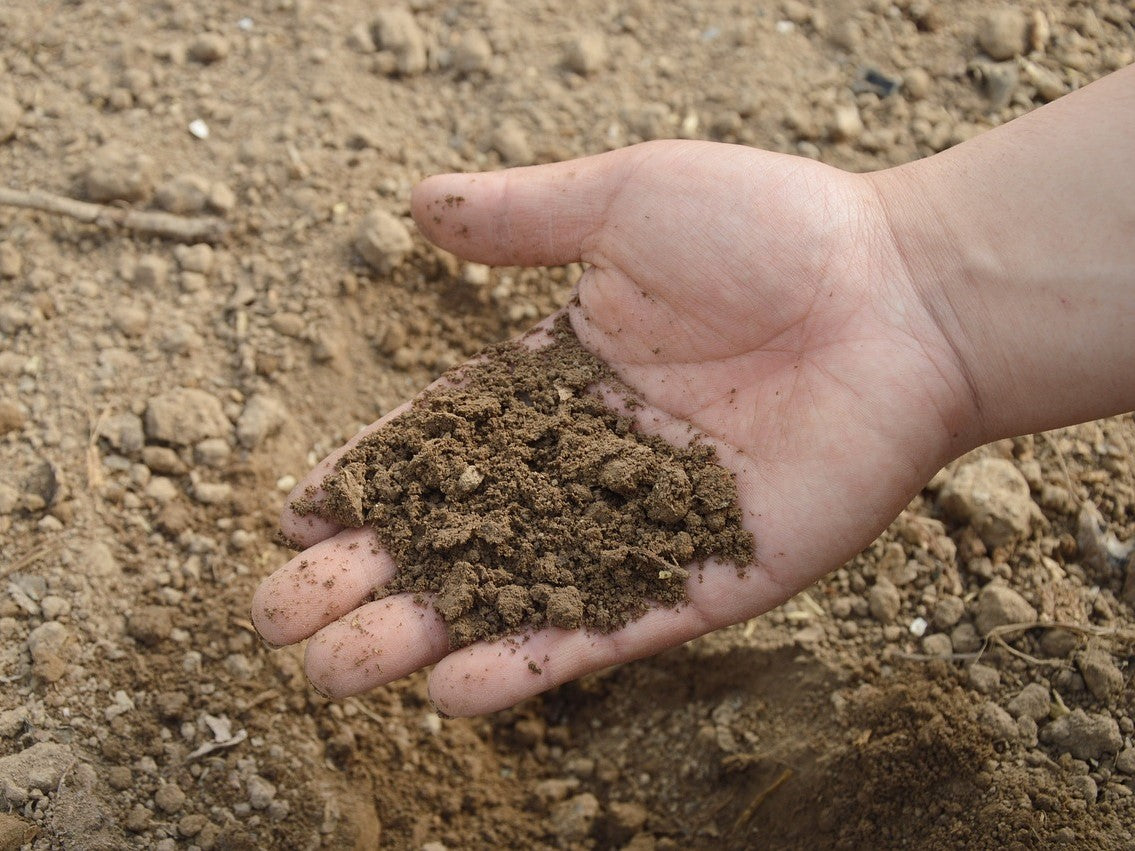
Does fertiliser destroy corten steel and galvanised steel?
Spring not only brings longer days and warmer weather, it's also the time to give your garden the boost it needs to ensure lush growth and beautiful flowers. One of the most important factors for a...
Read more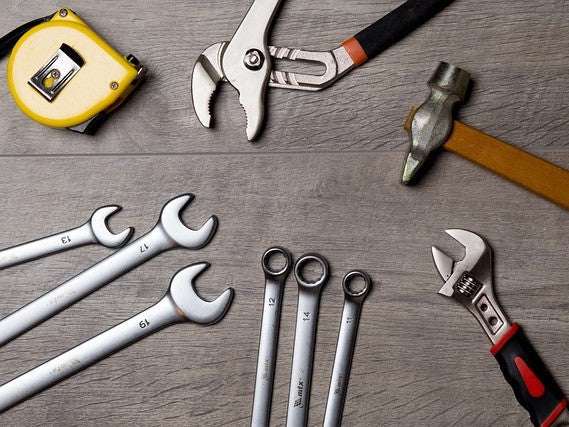
Technical construction of planters and raised beds
CUBY is a range of planter boxes and raised beds and accessories in minimalistic Scandinavian design.Straight lines and straight angles create a cubic planter that fits anywhere. They can be stacke...
Read moreSee more here

